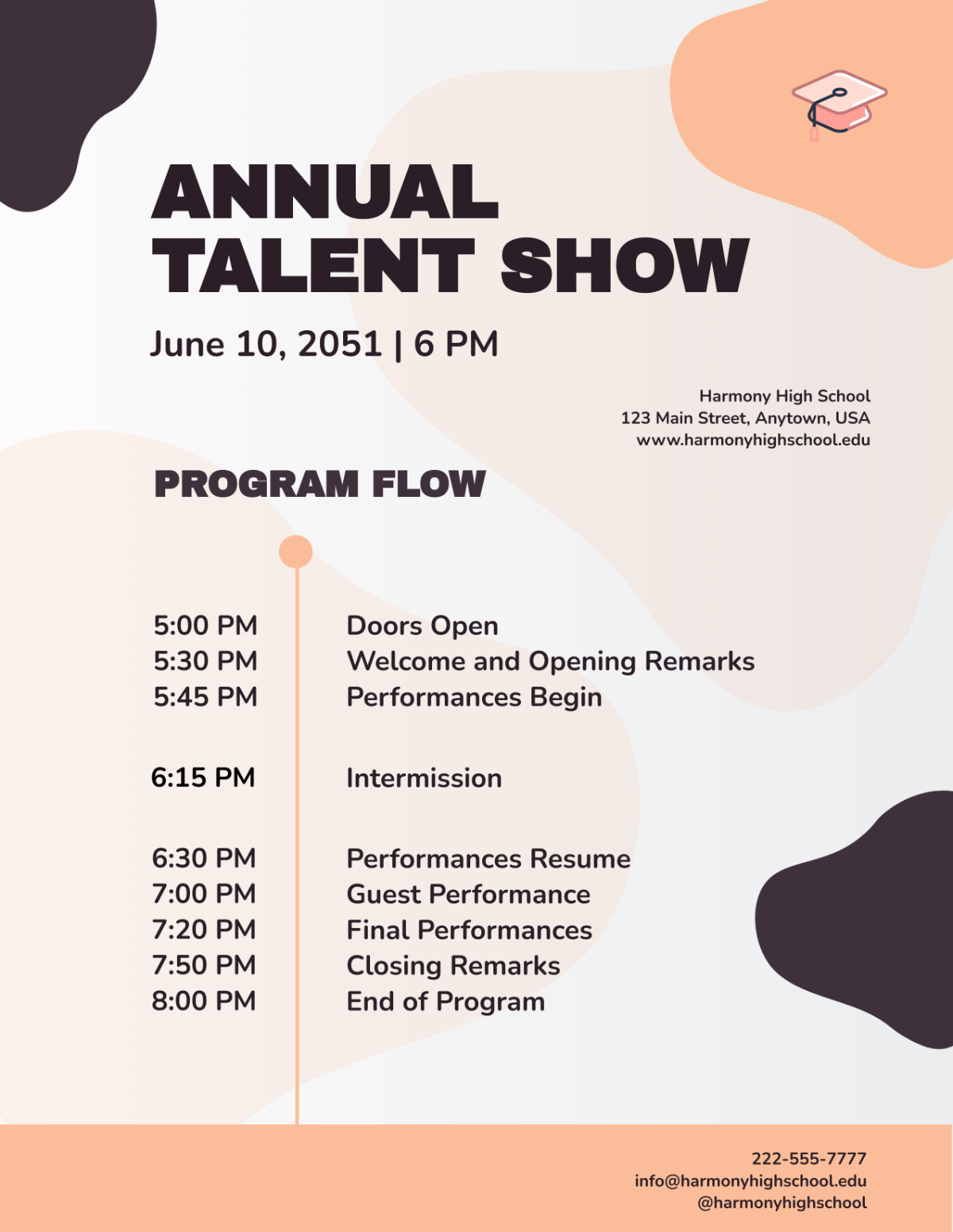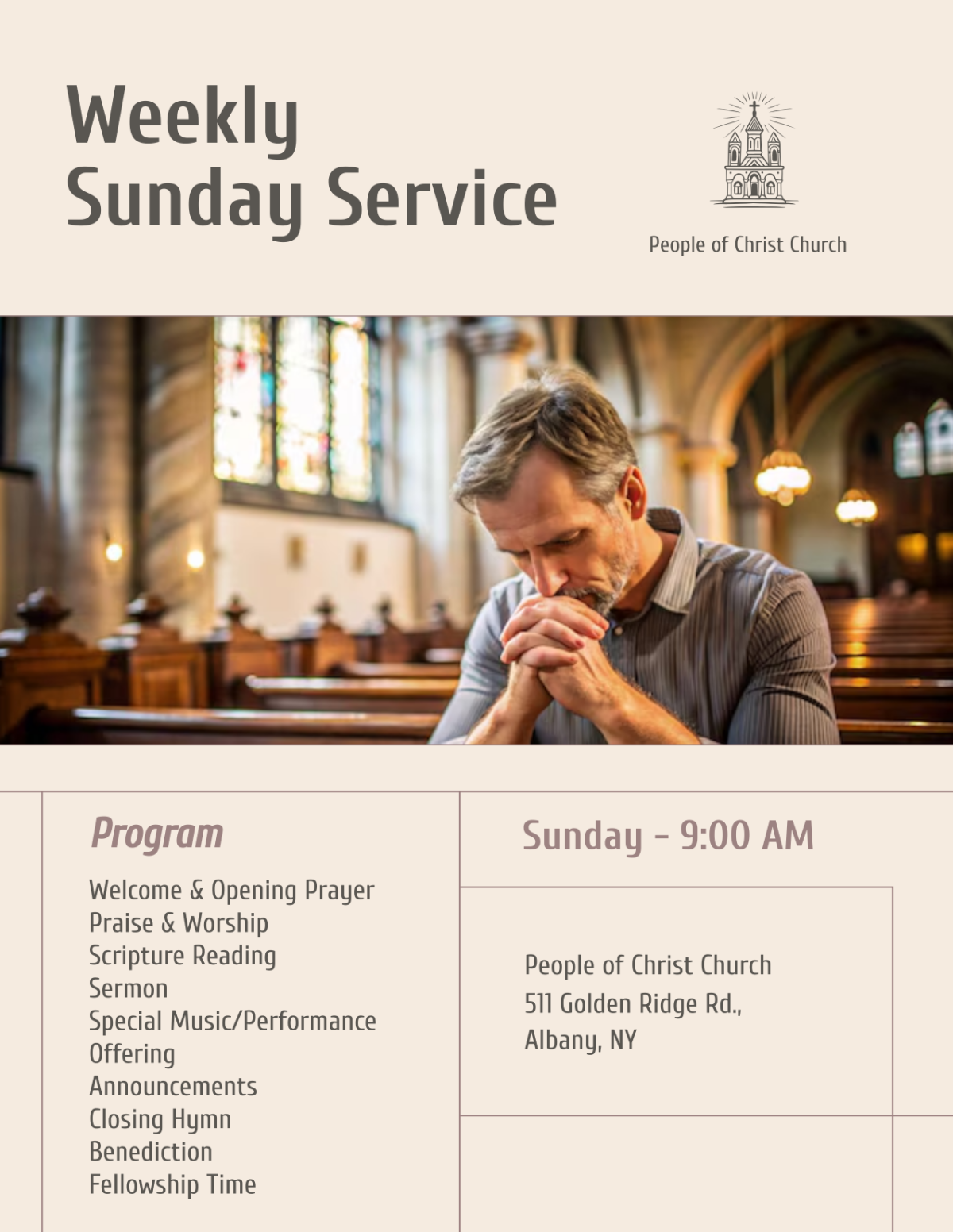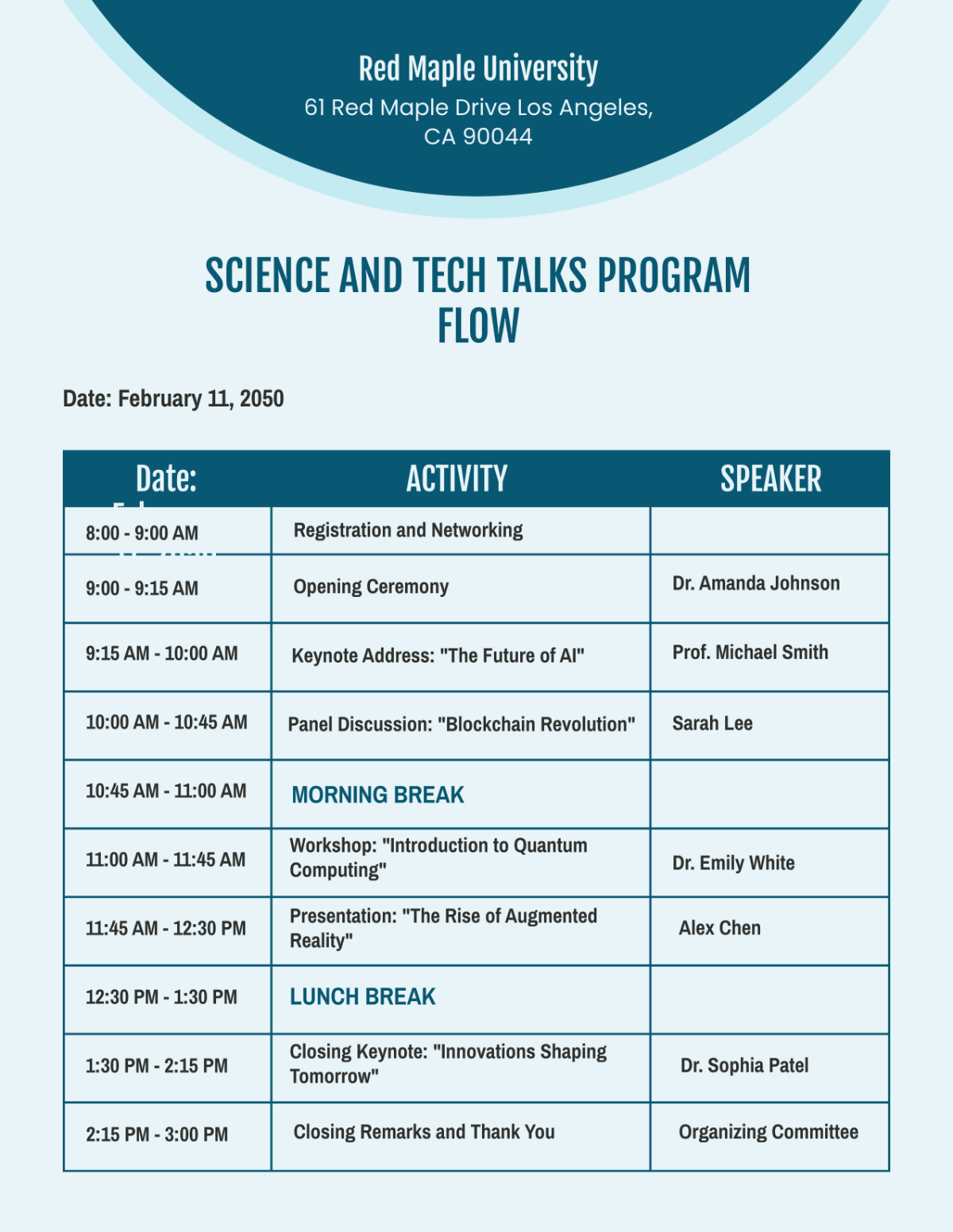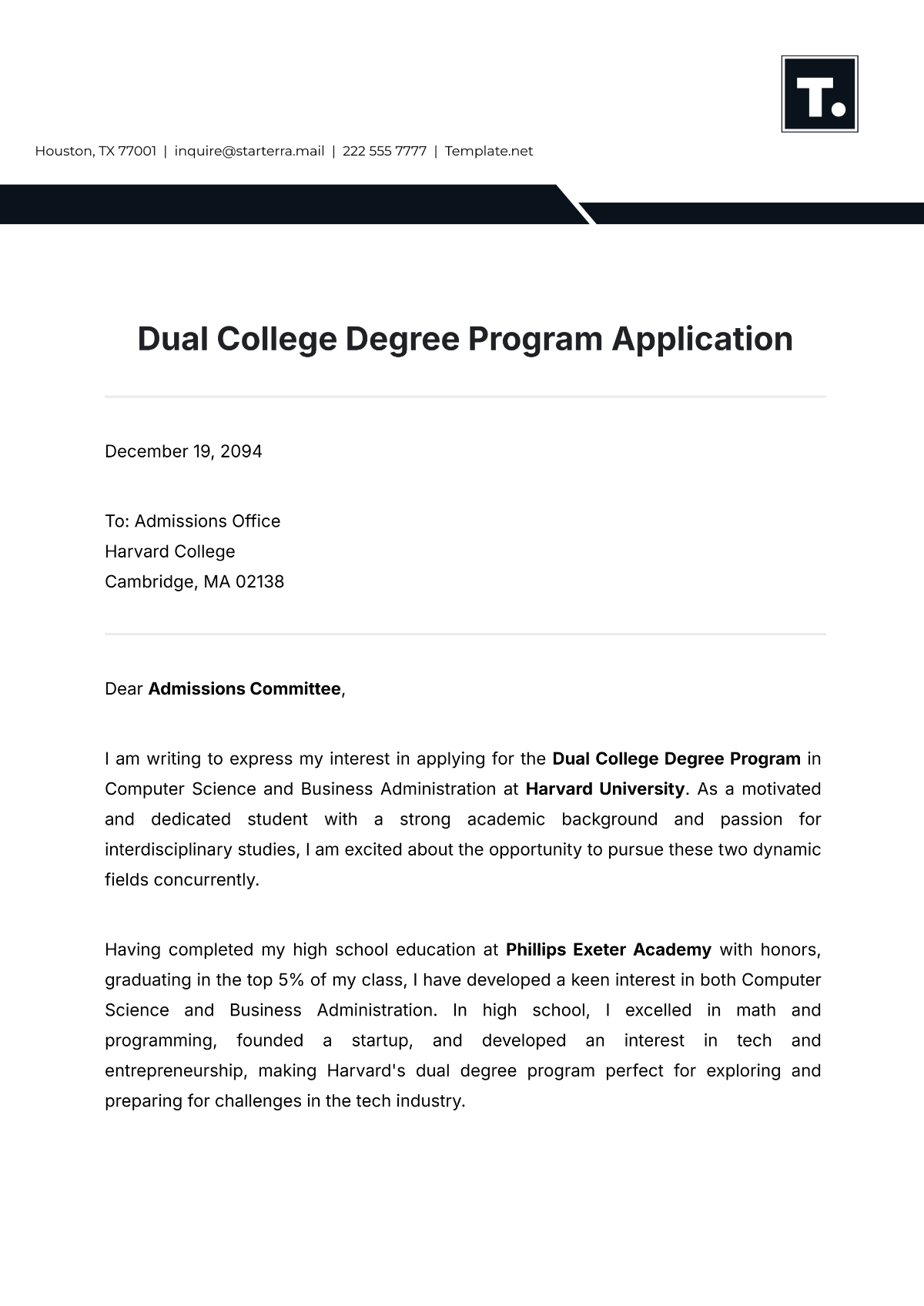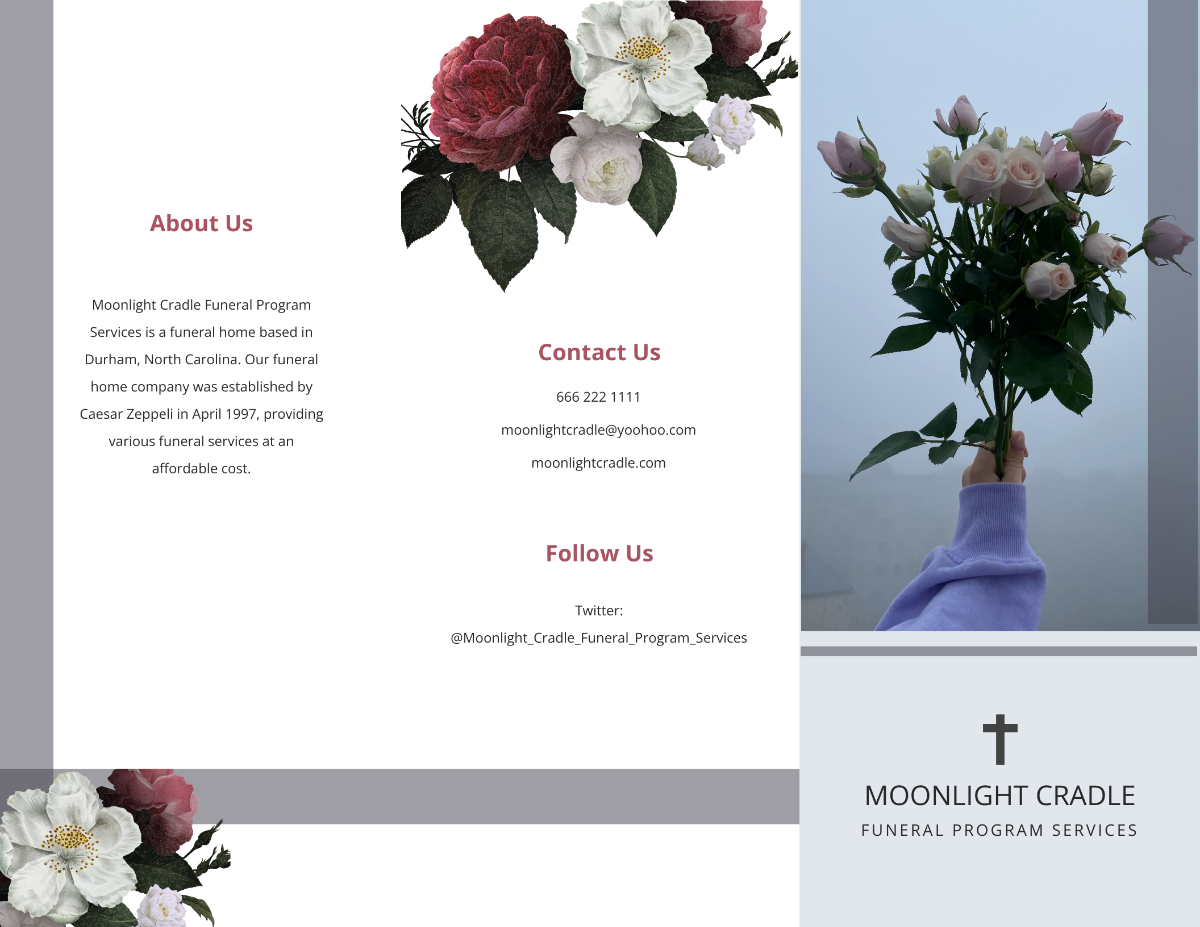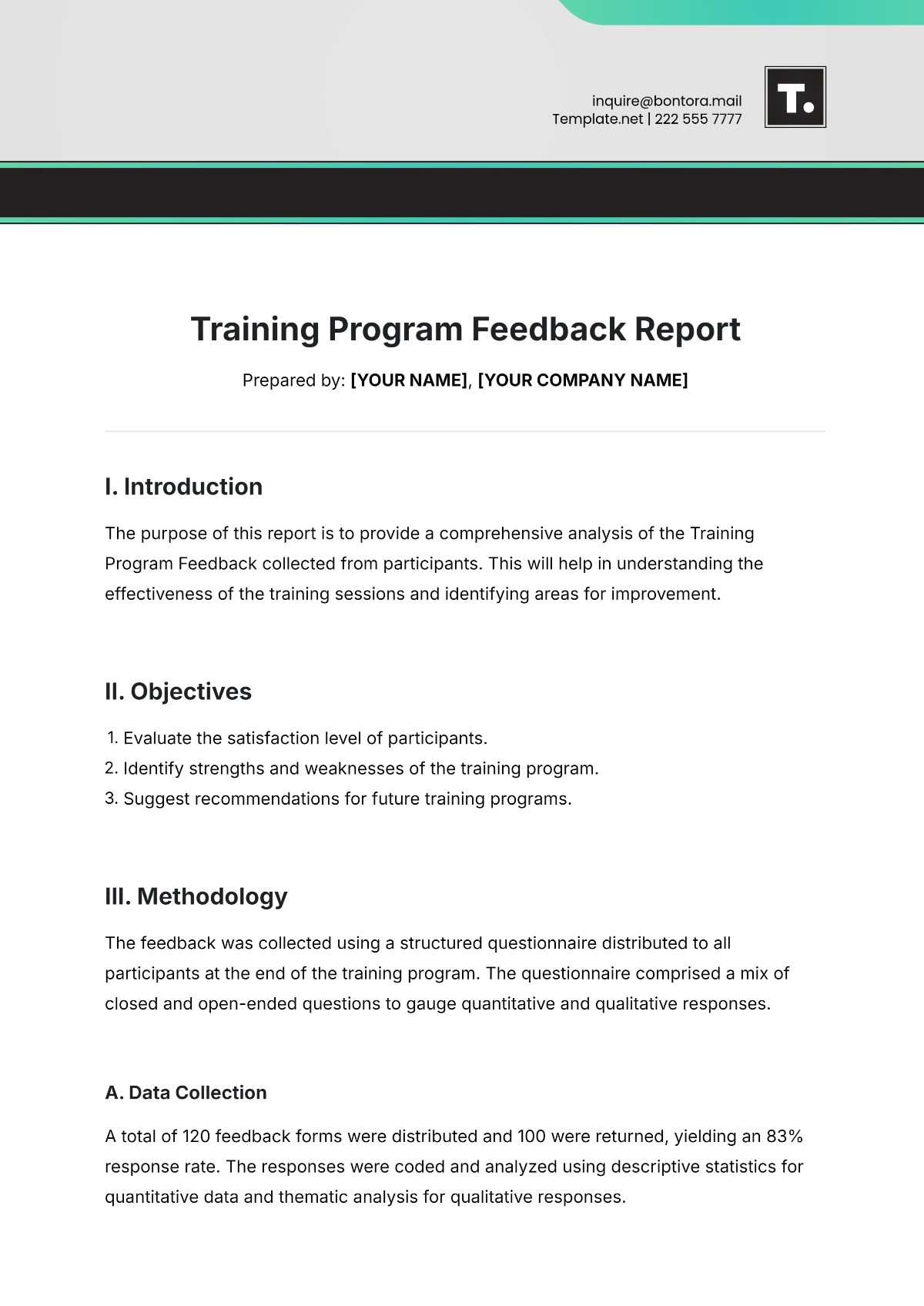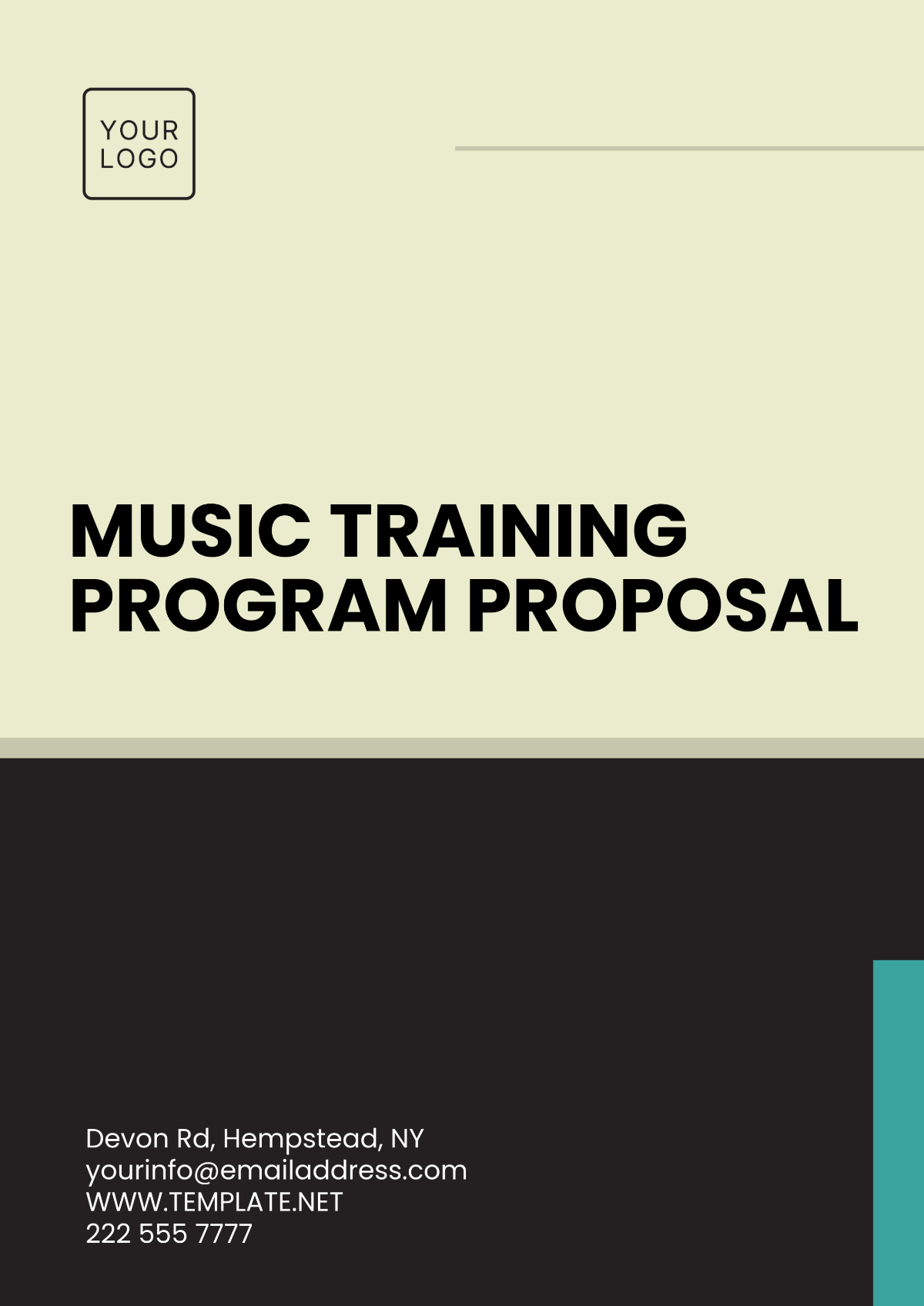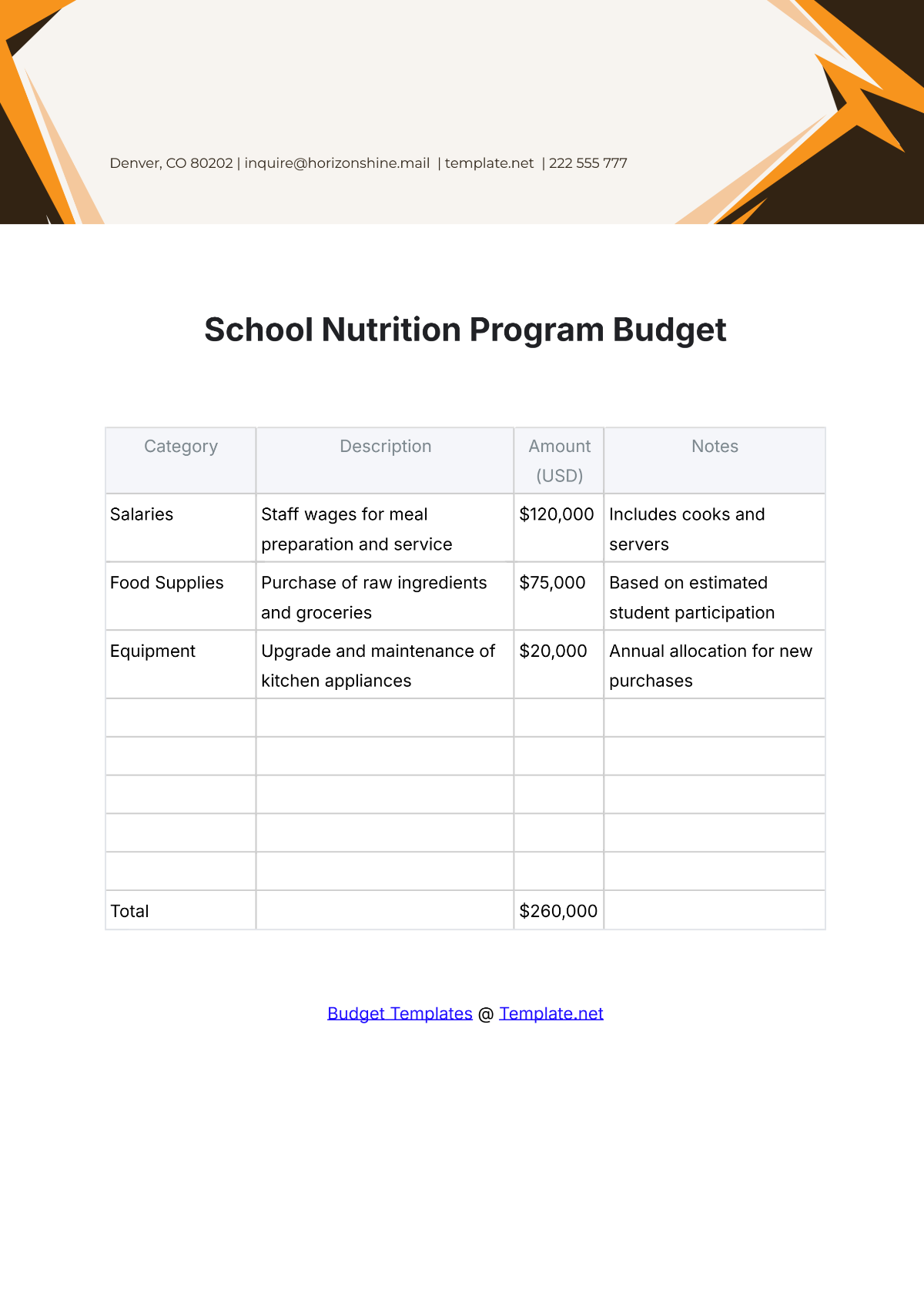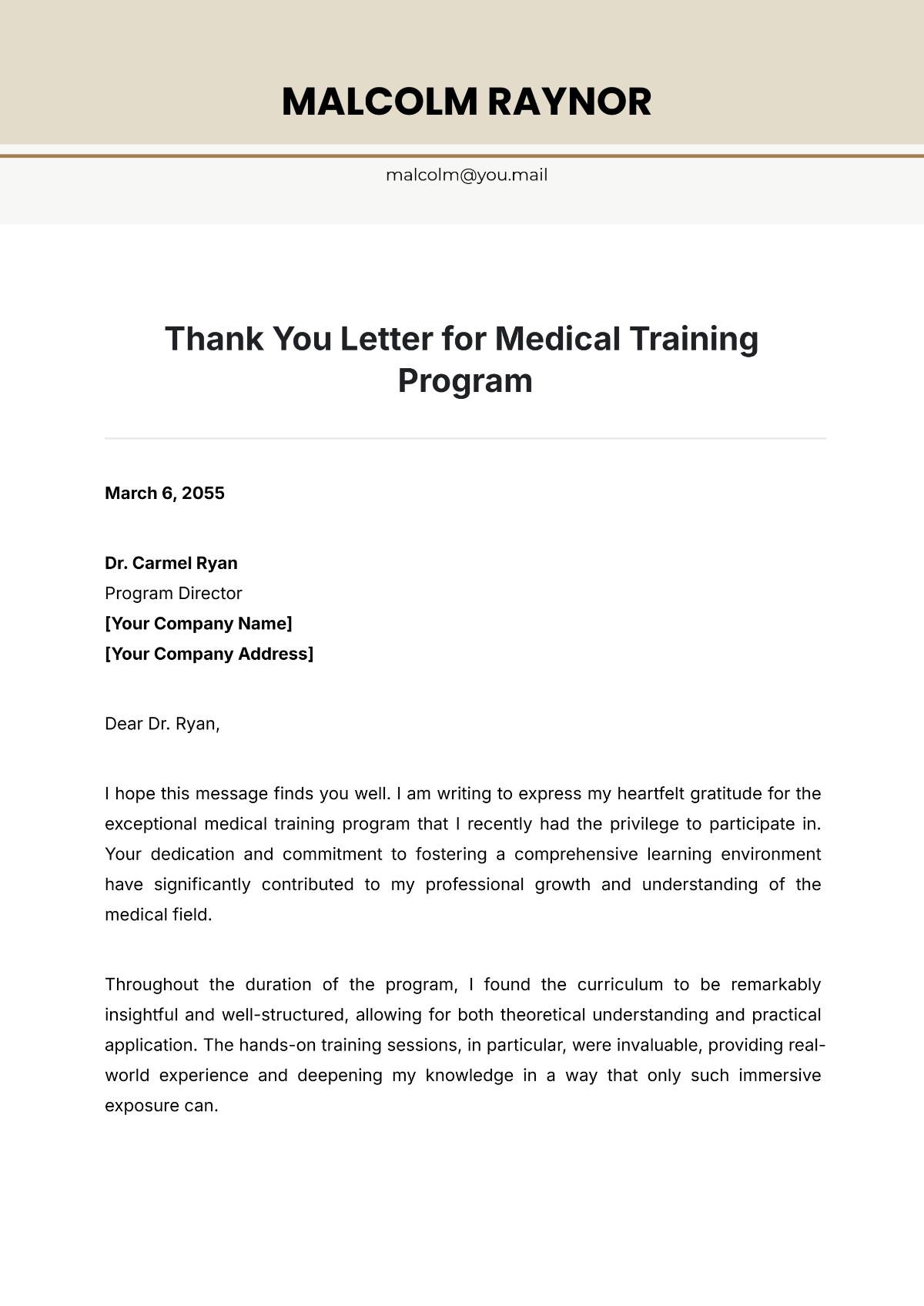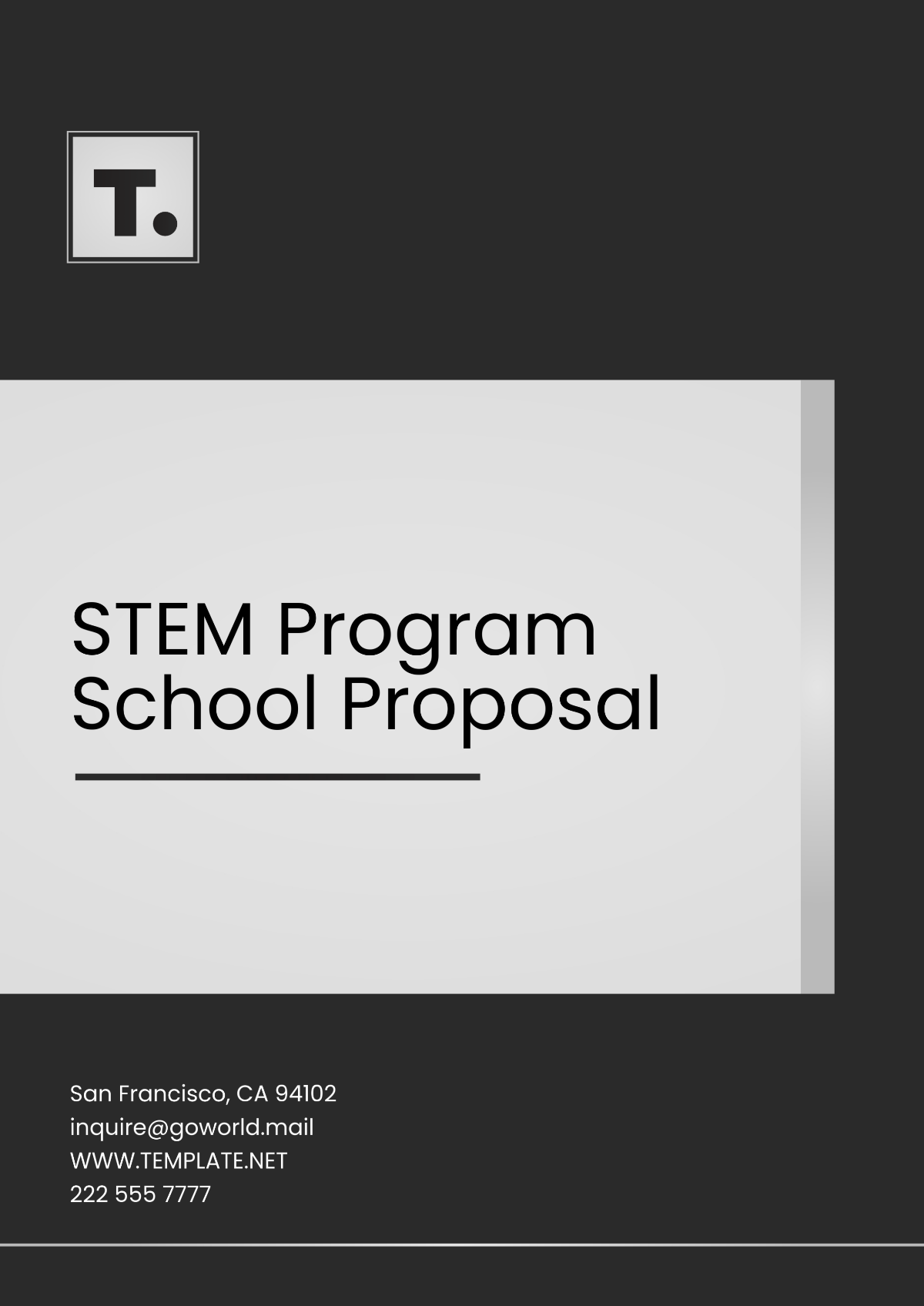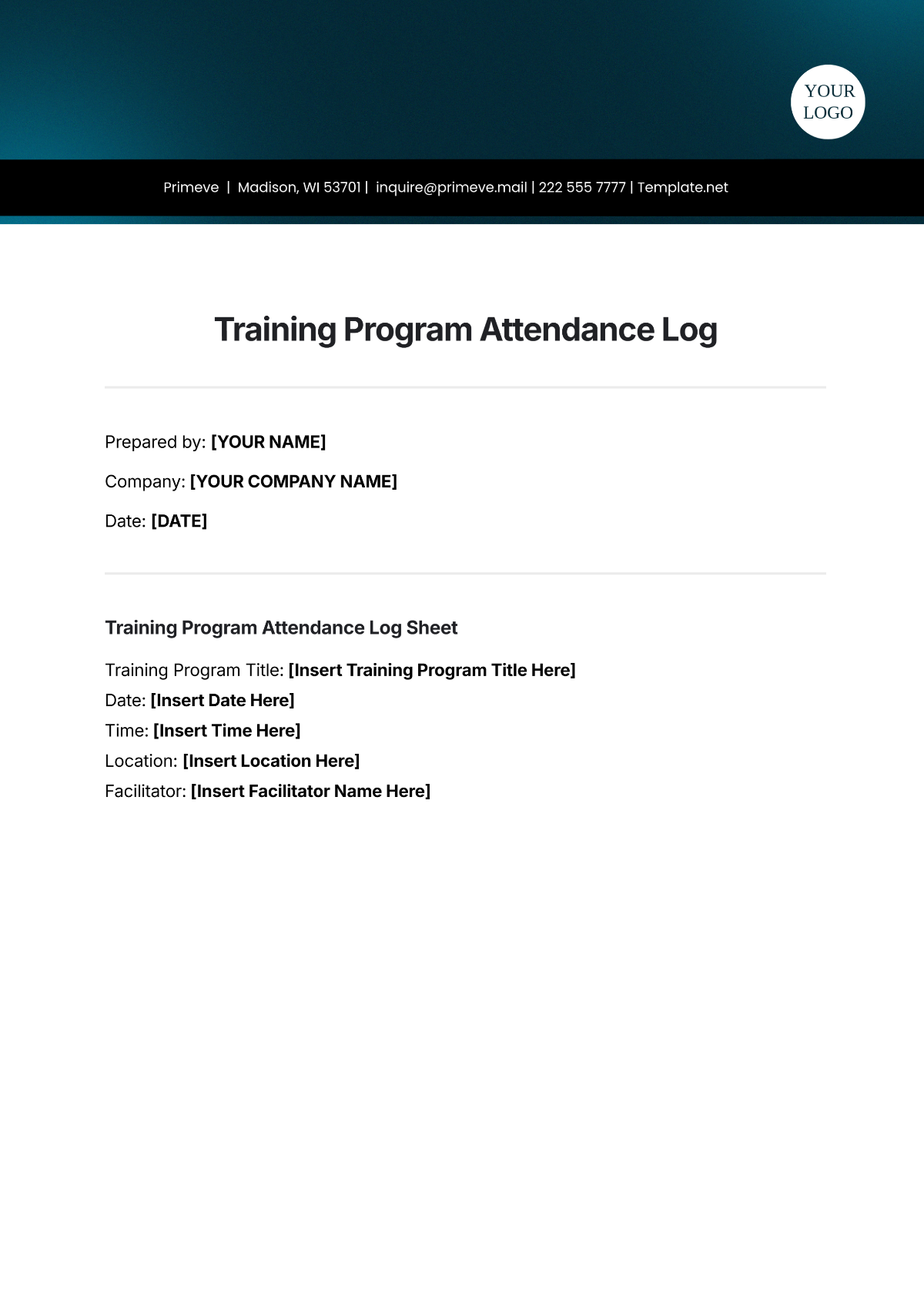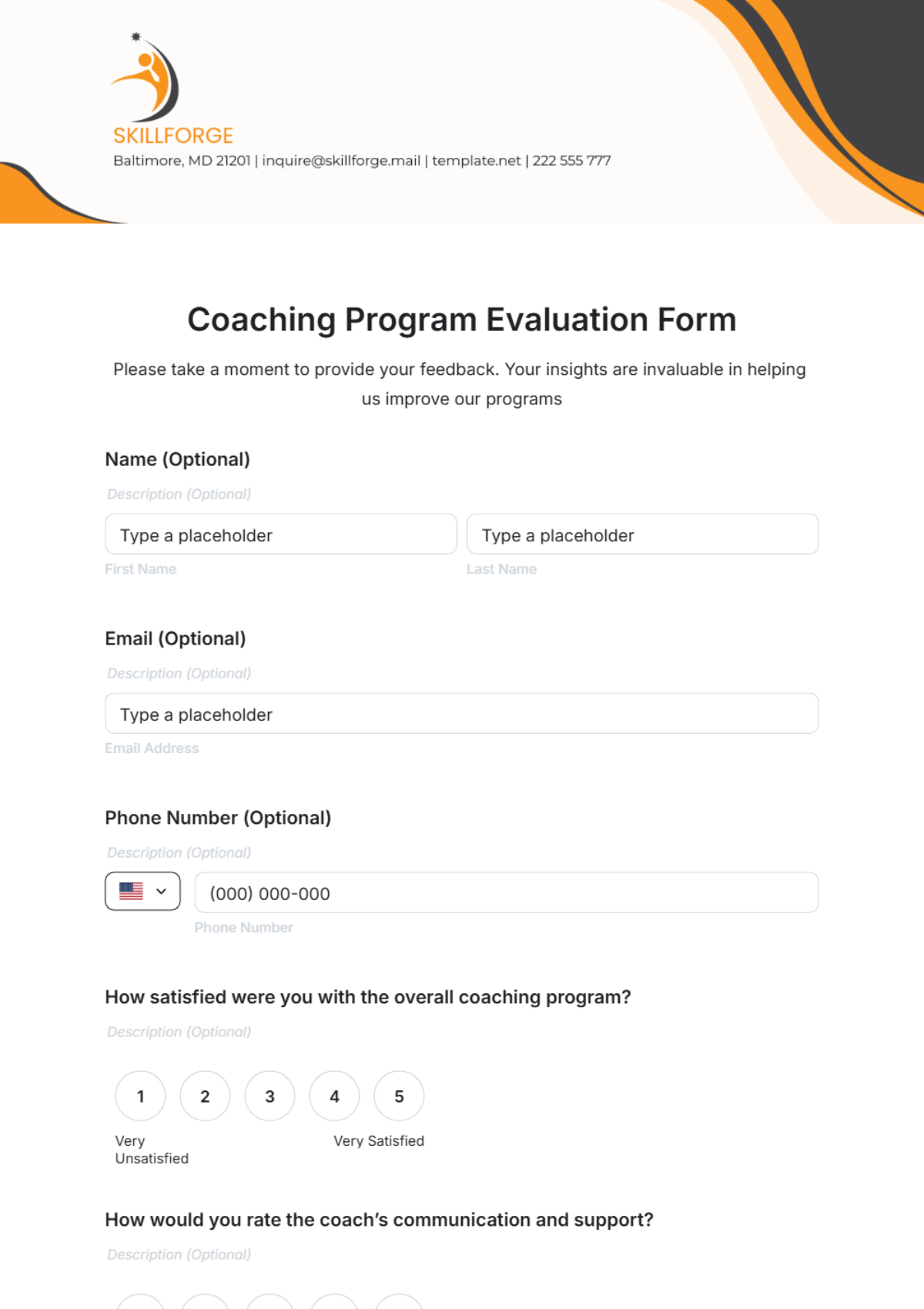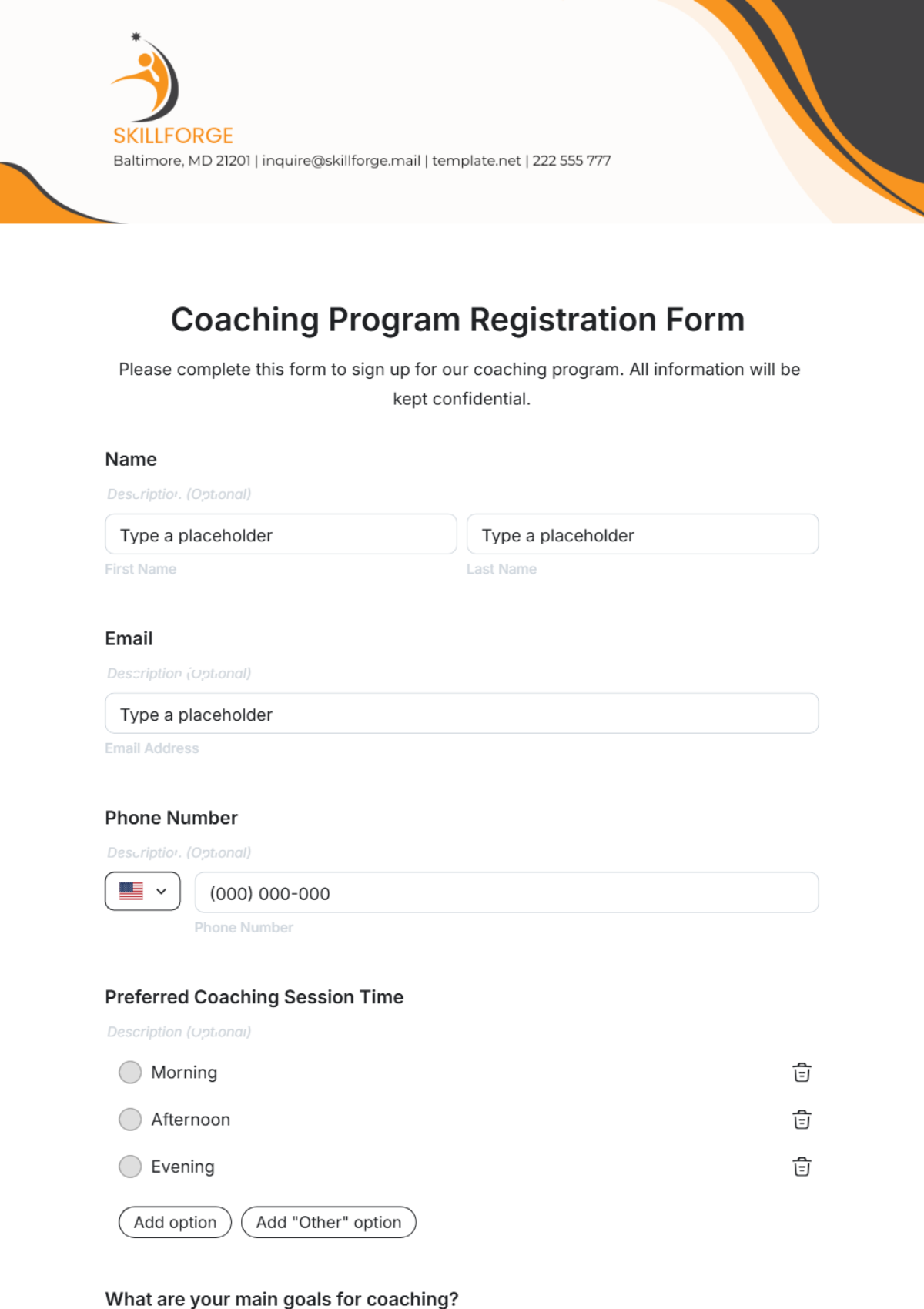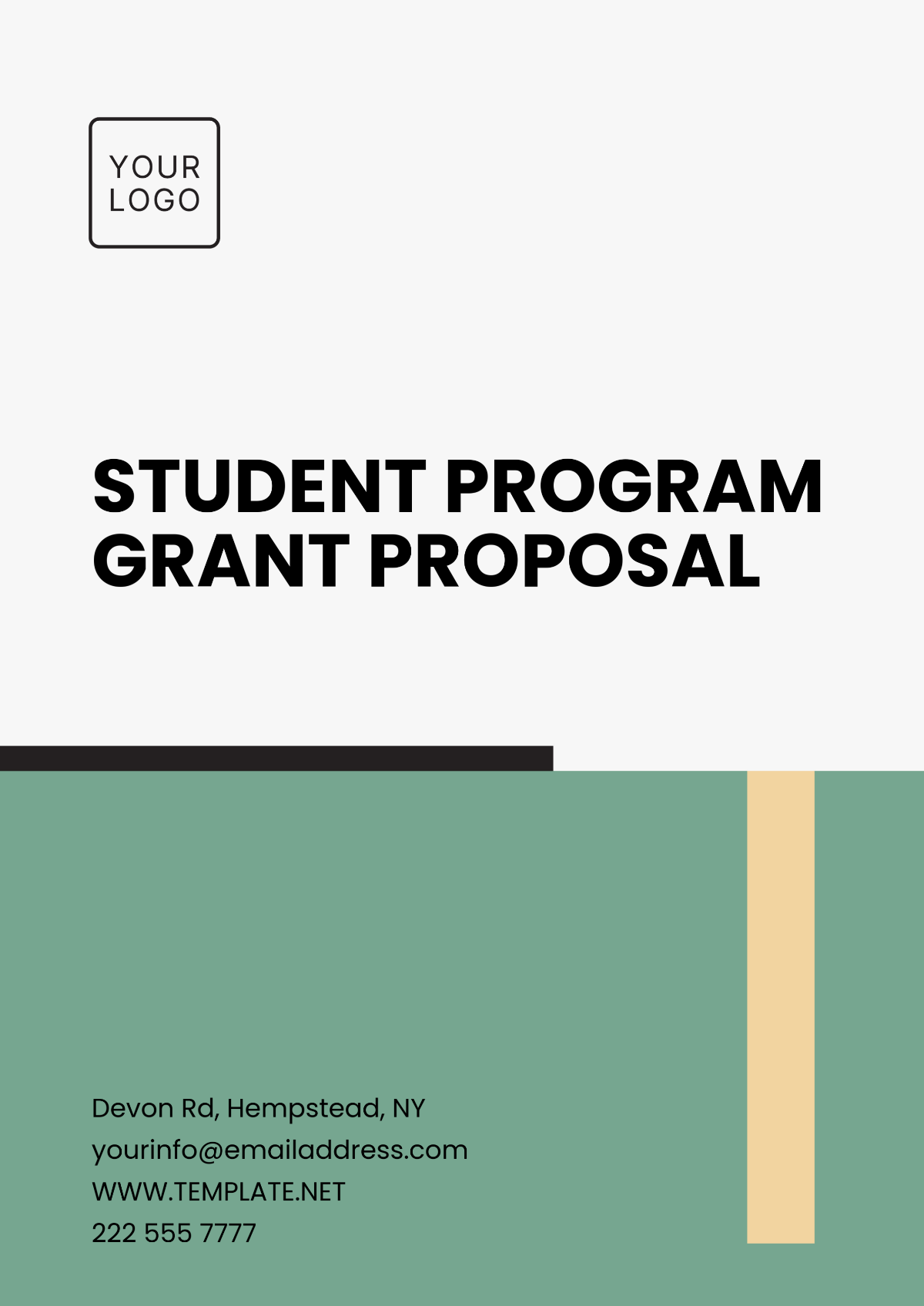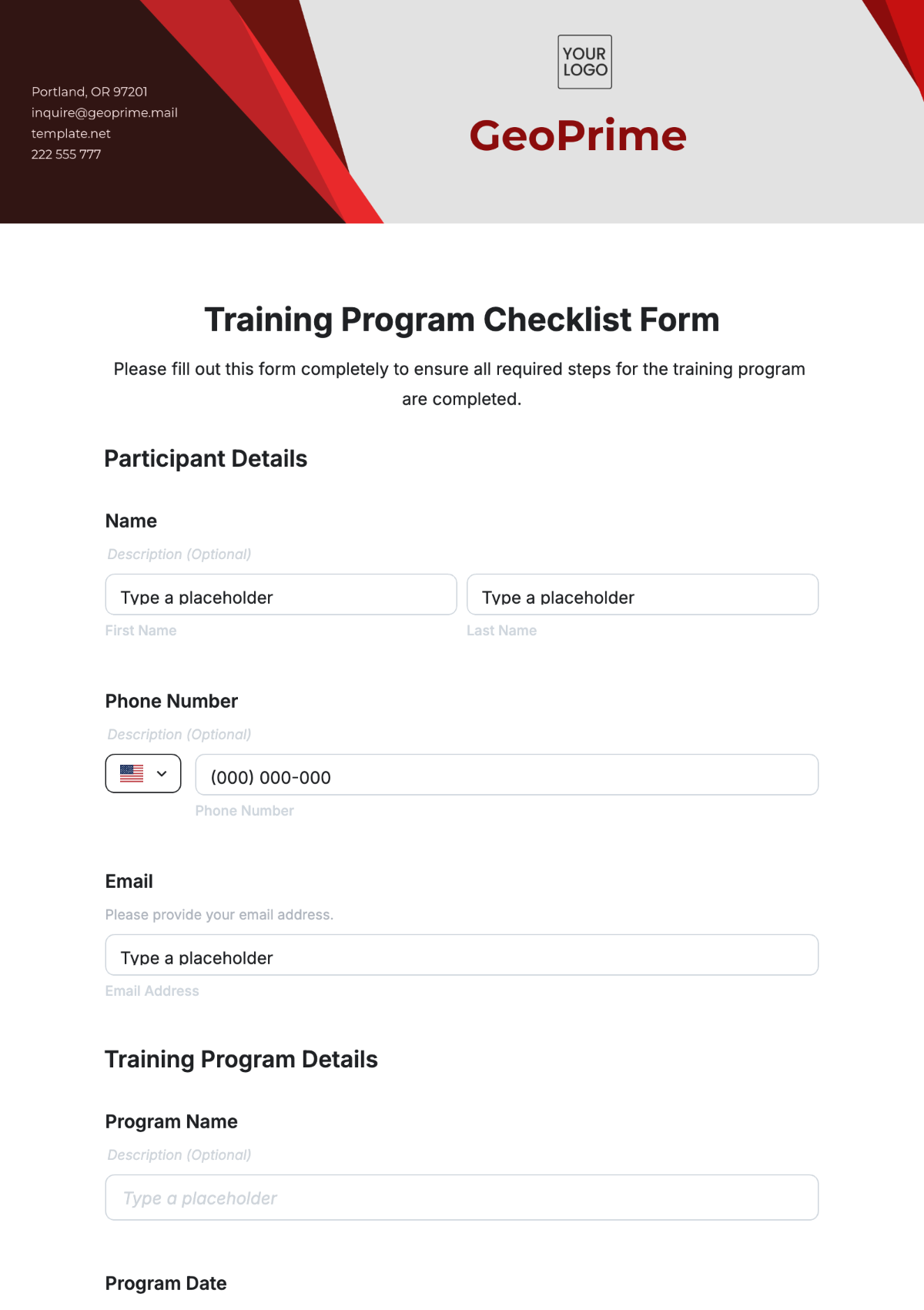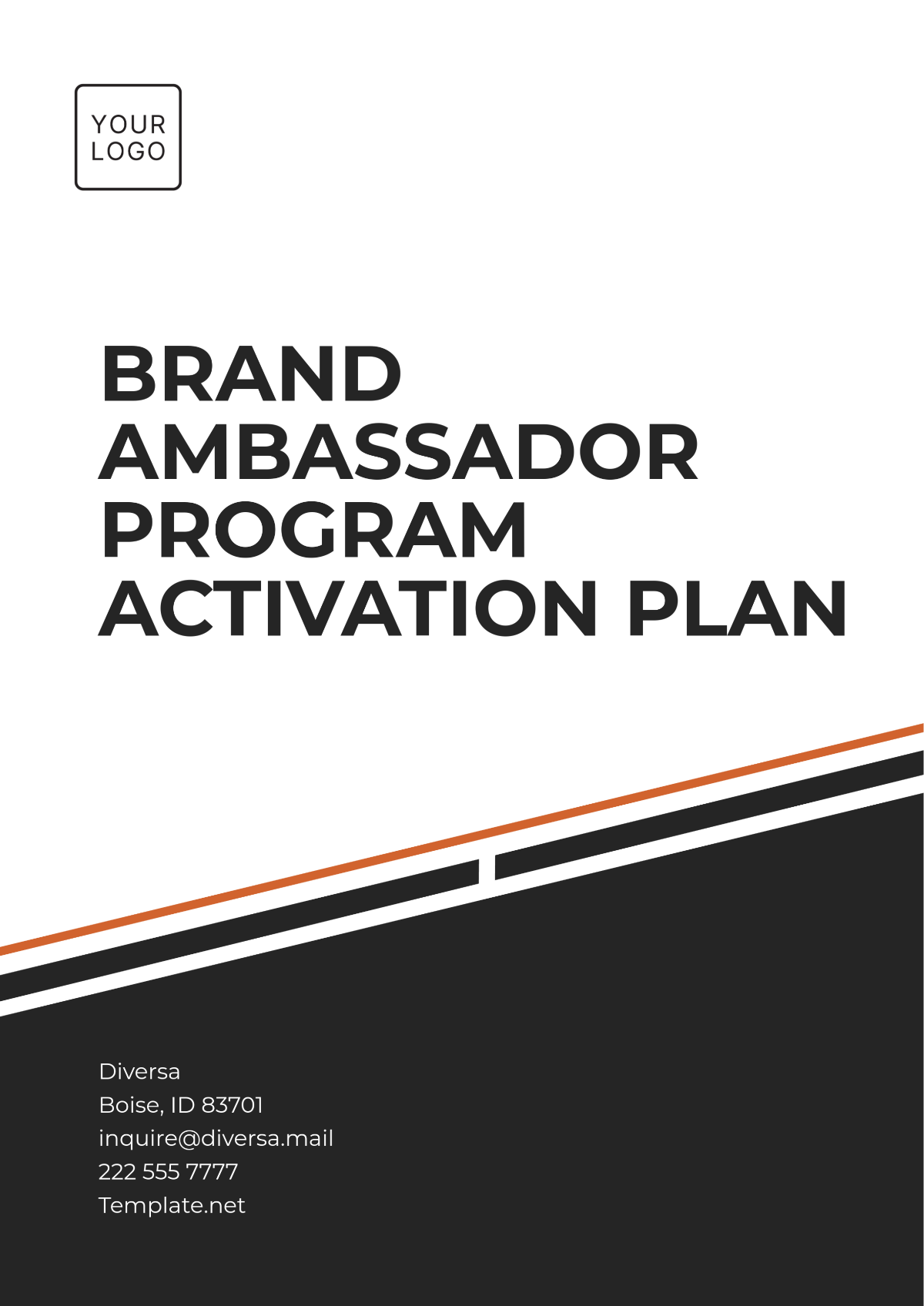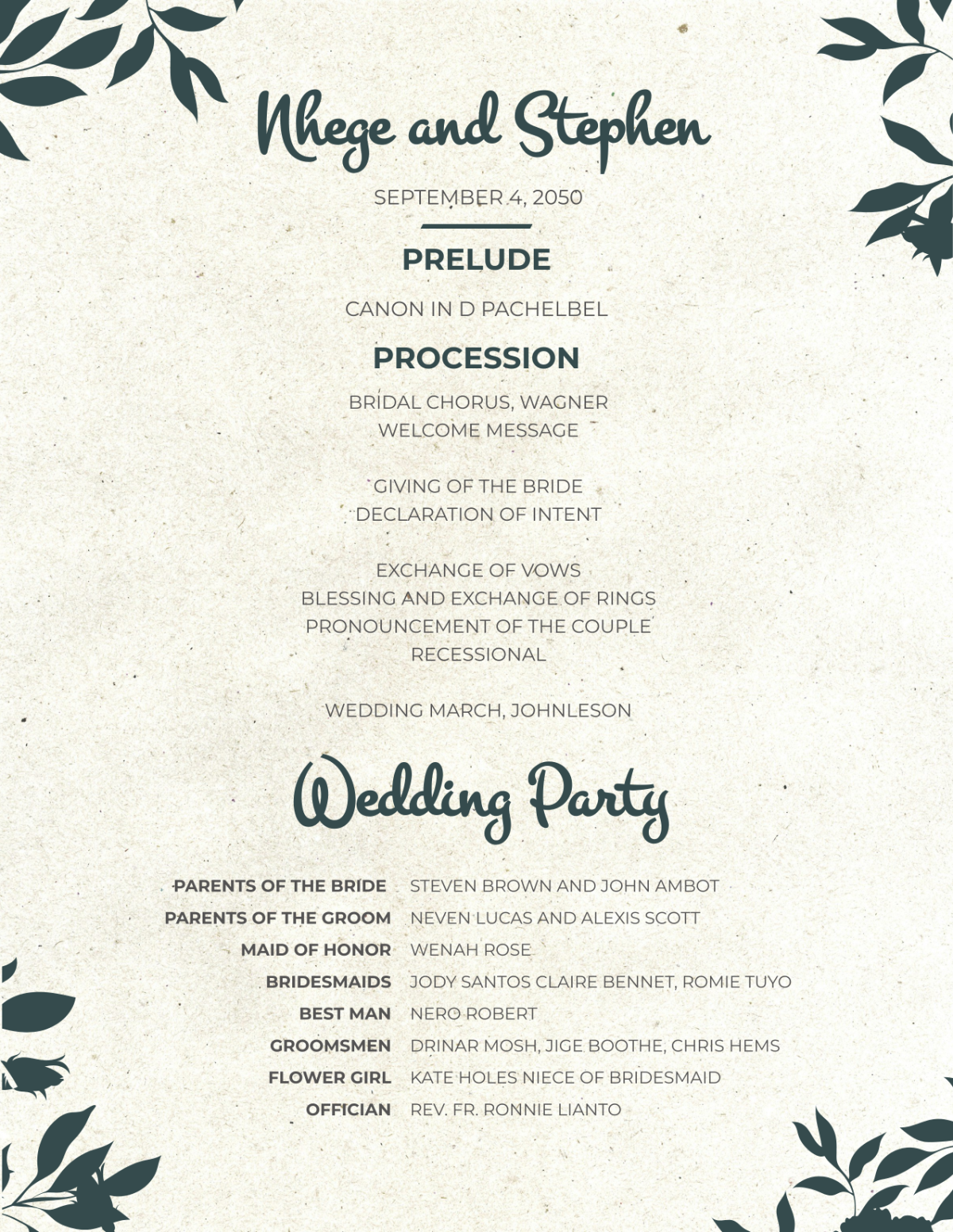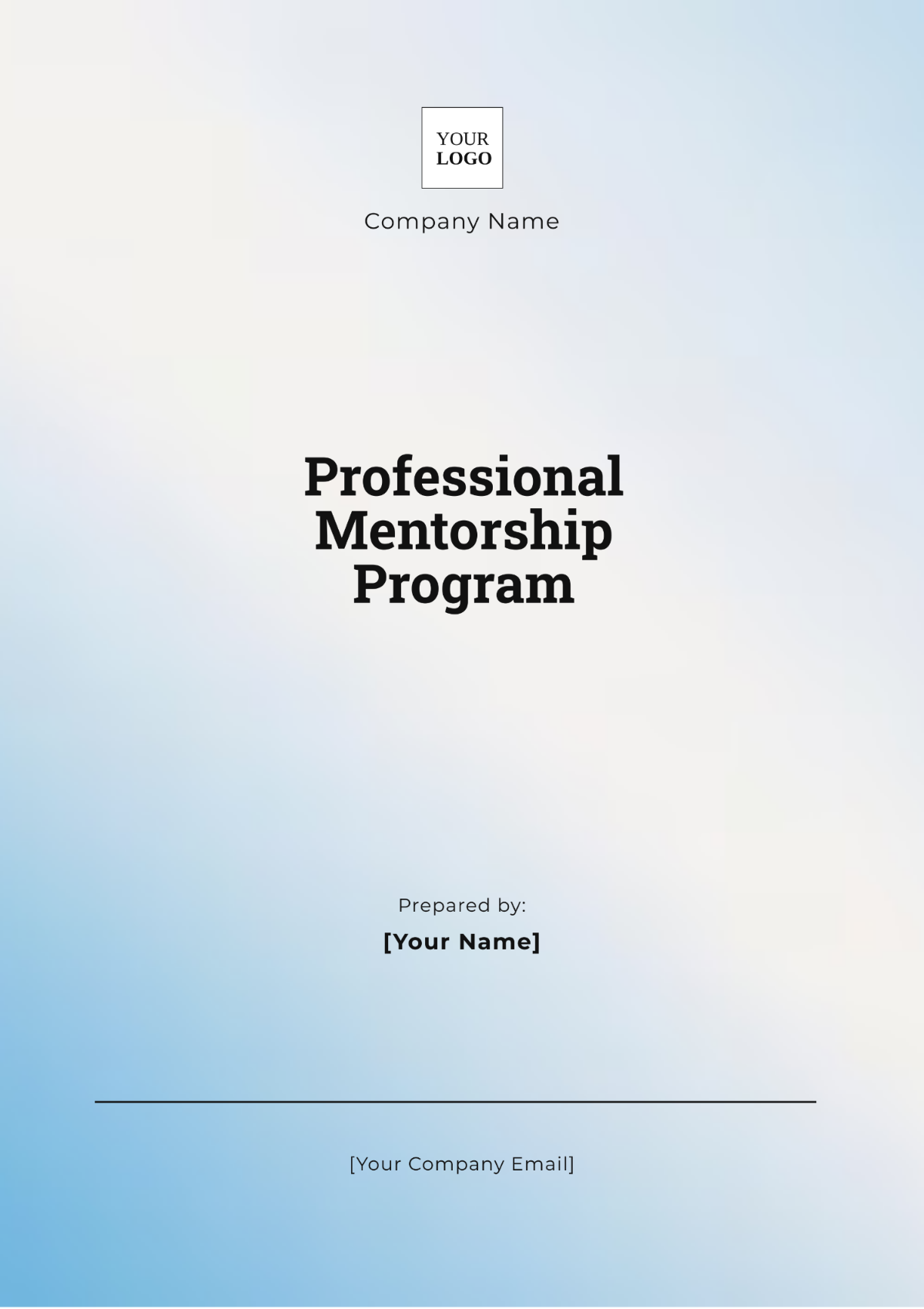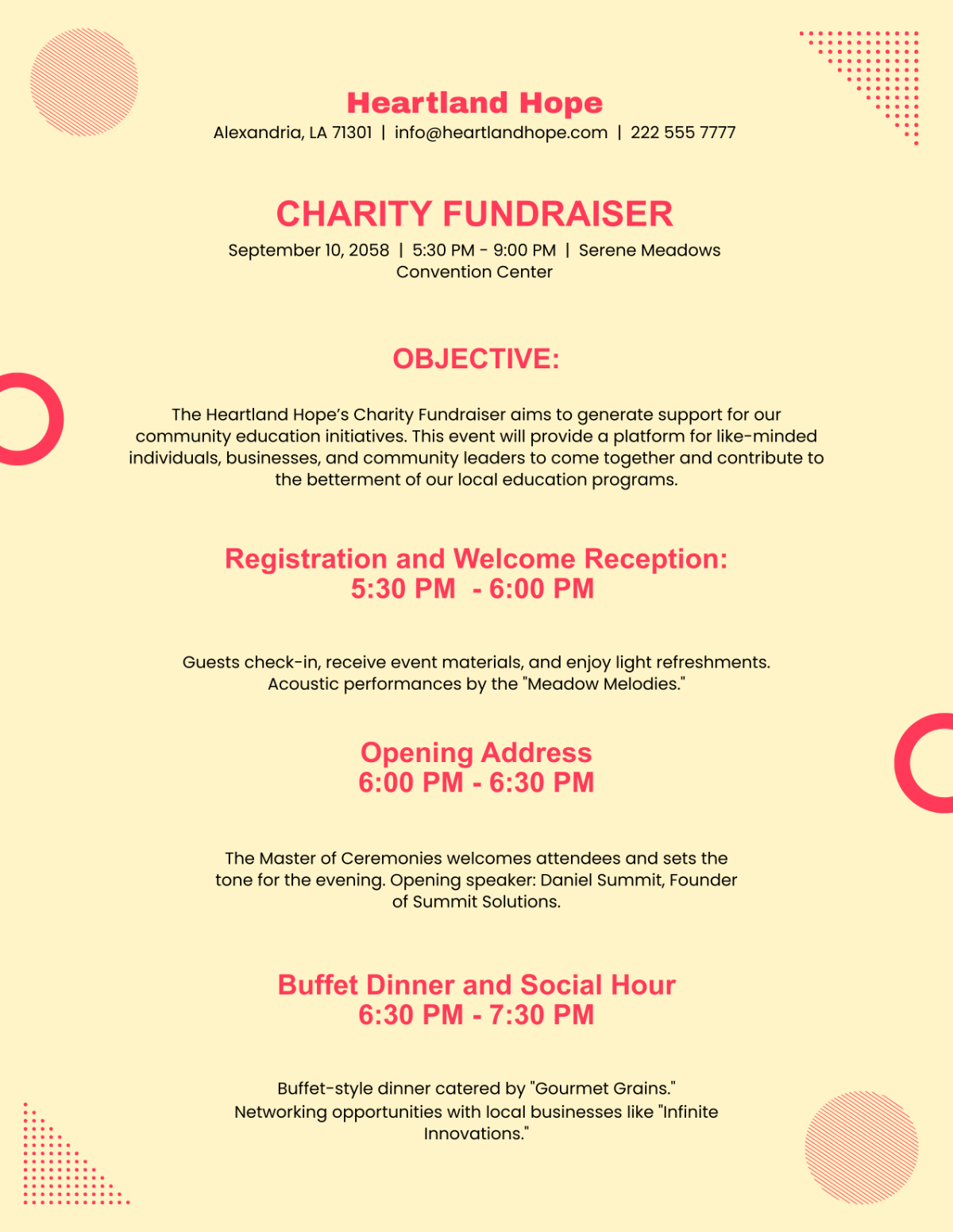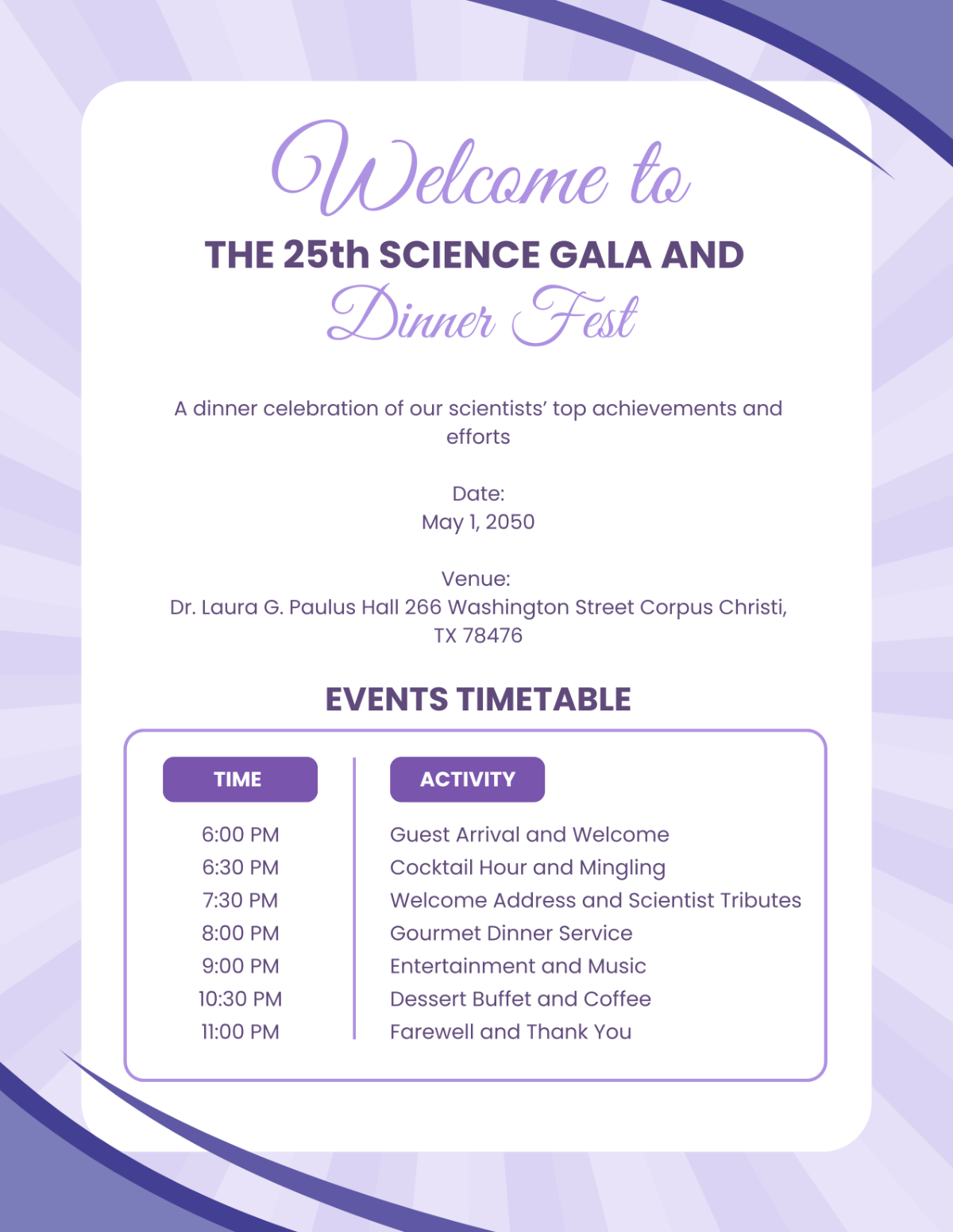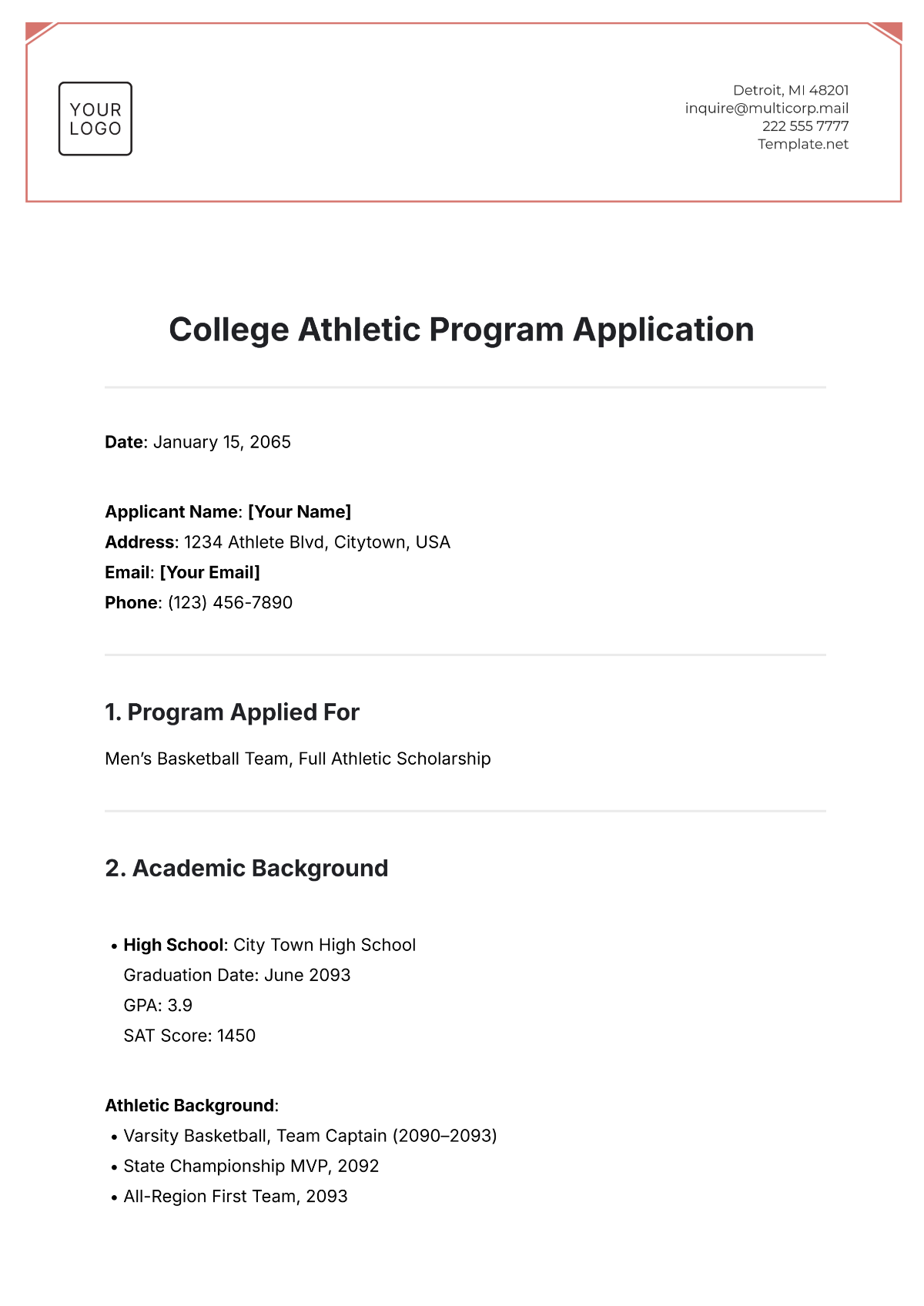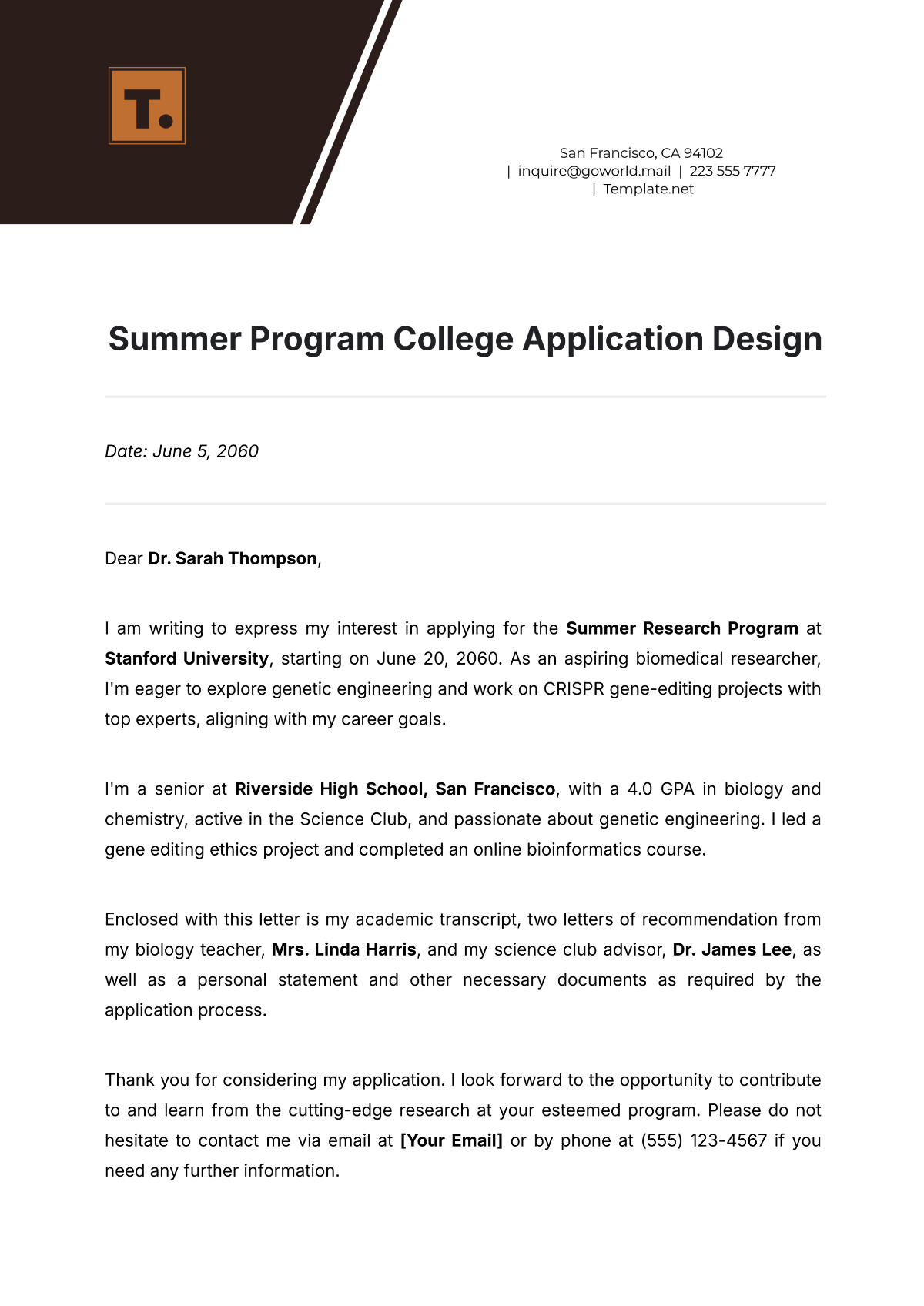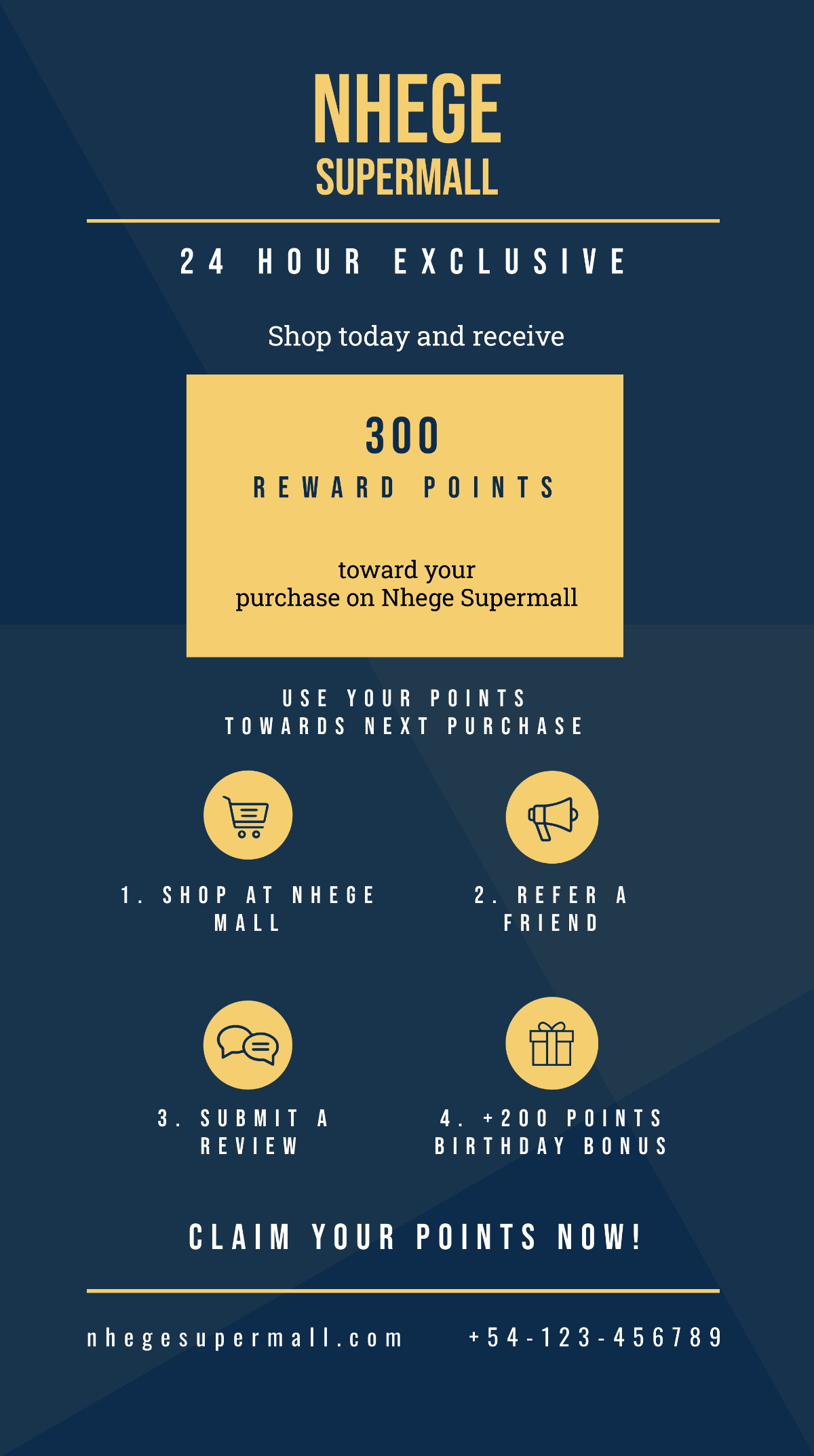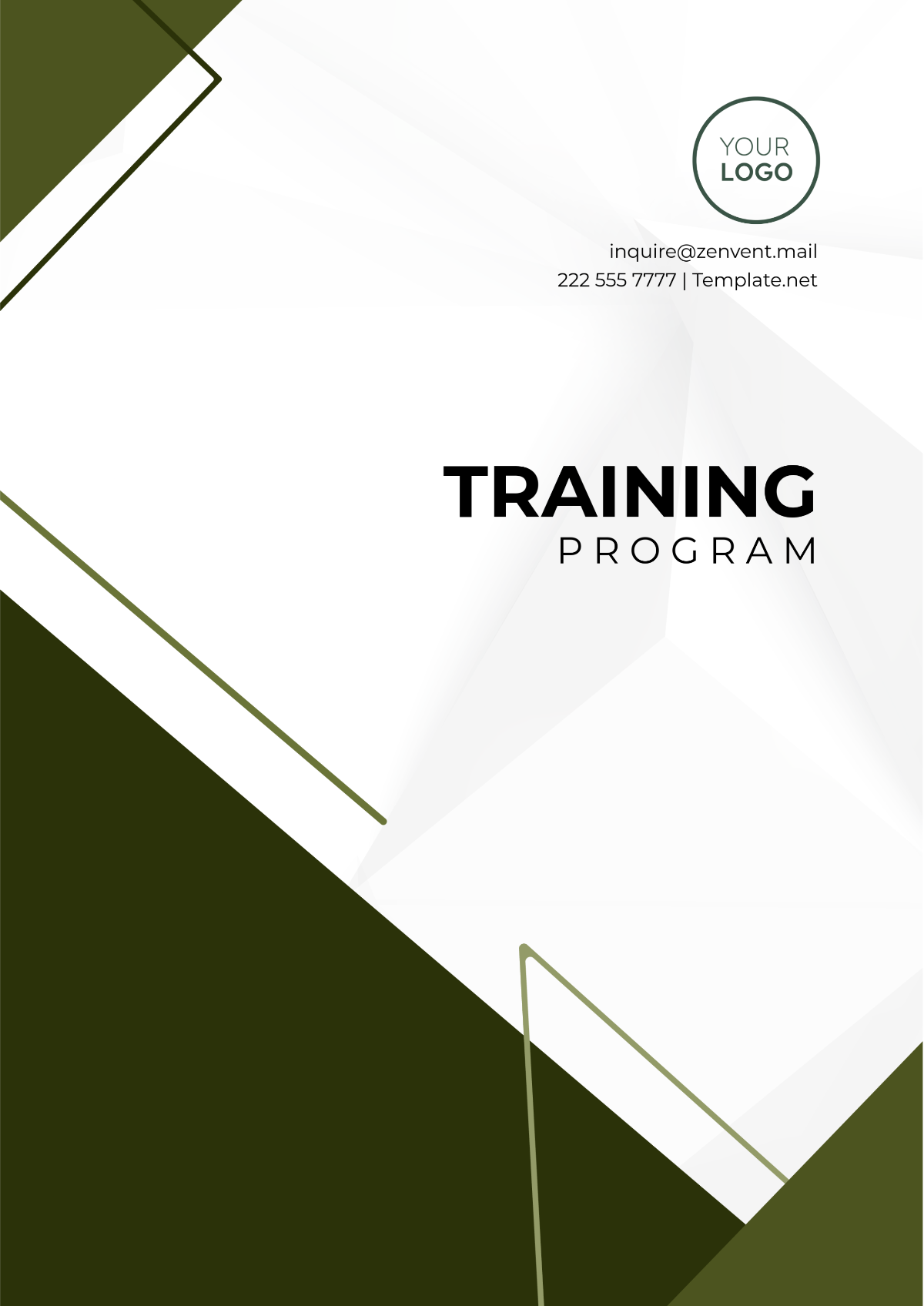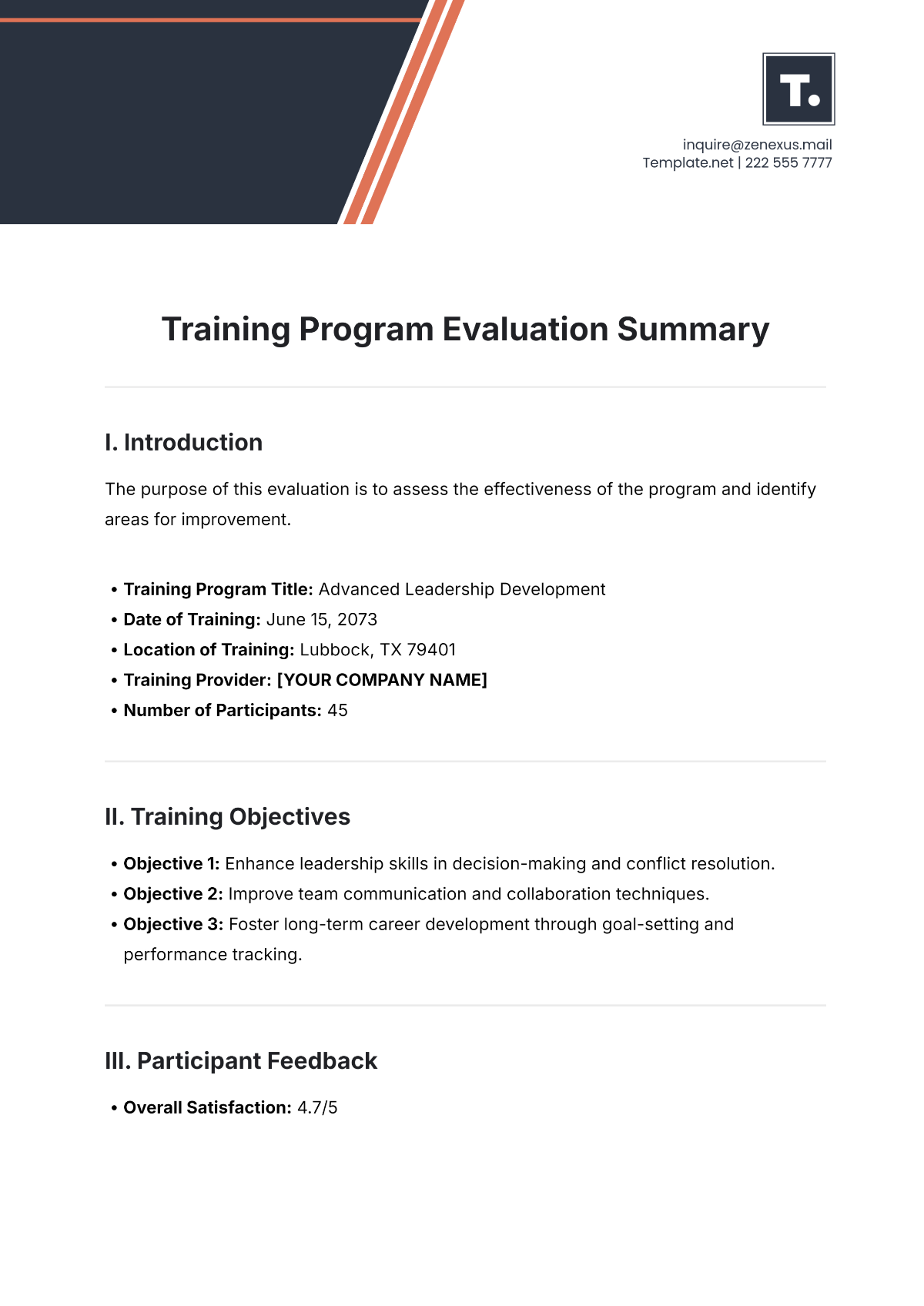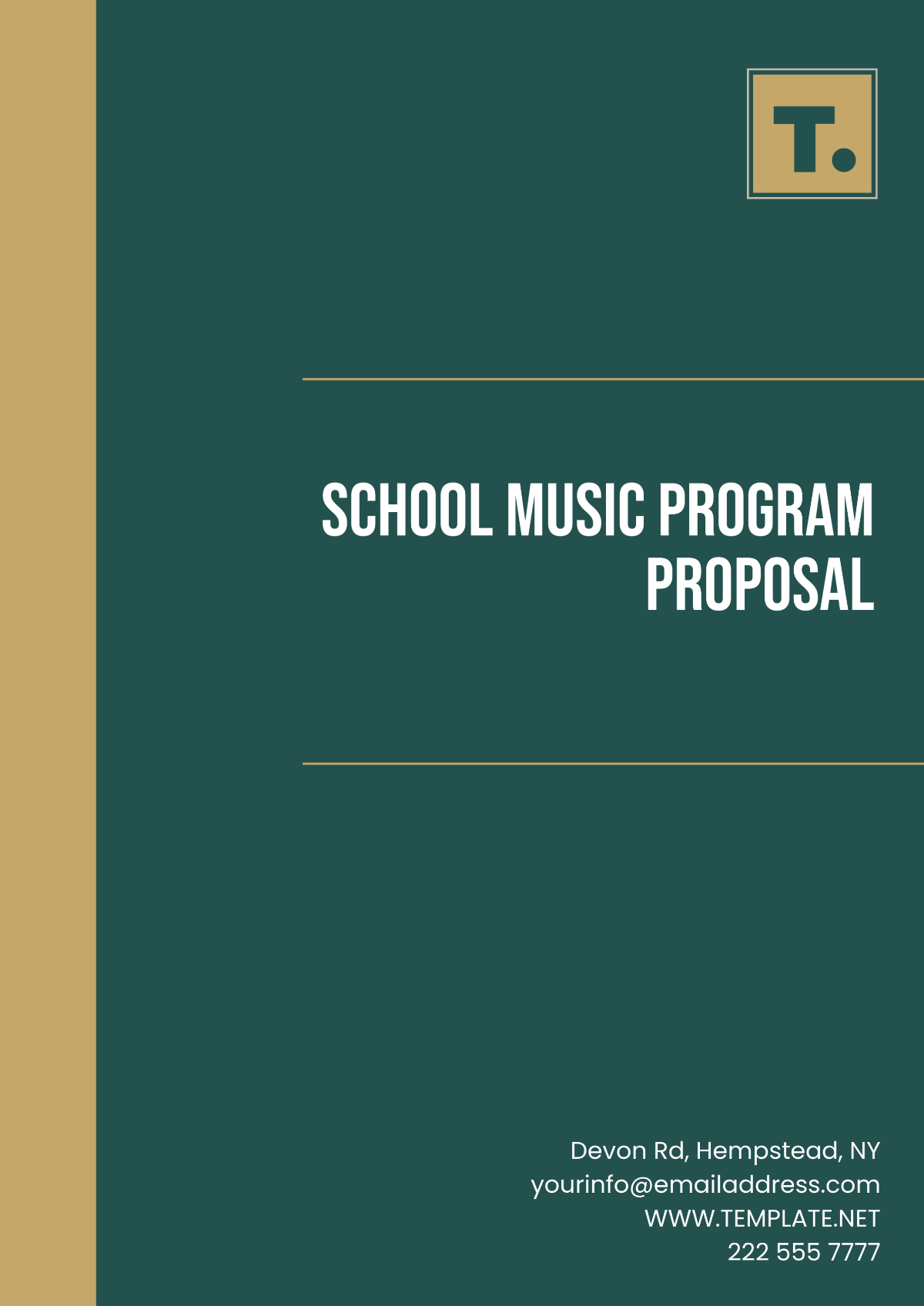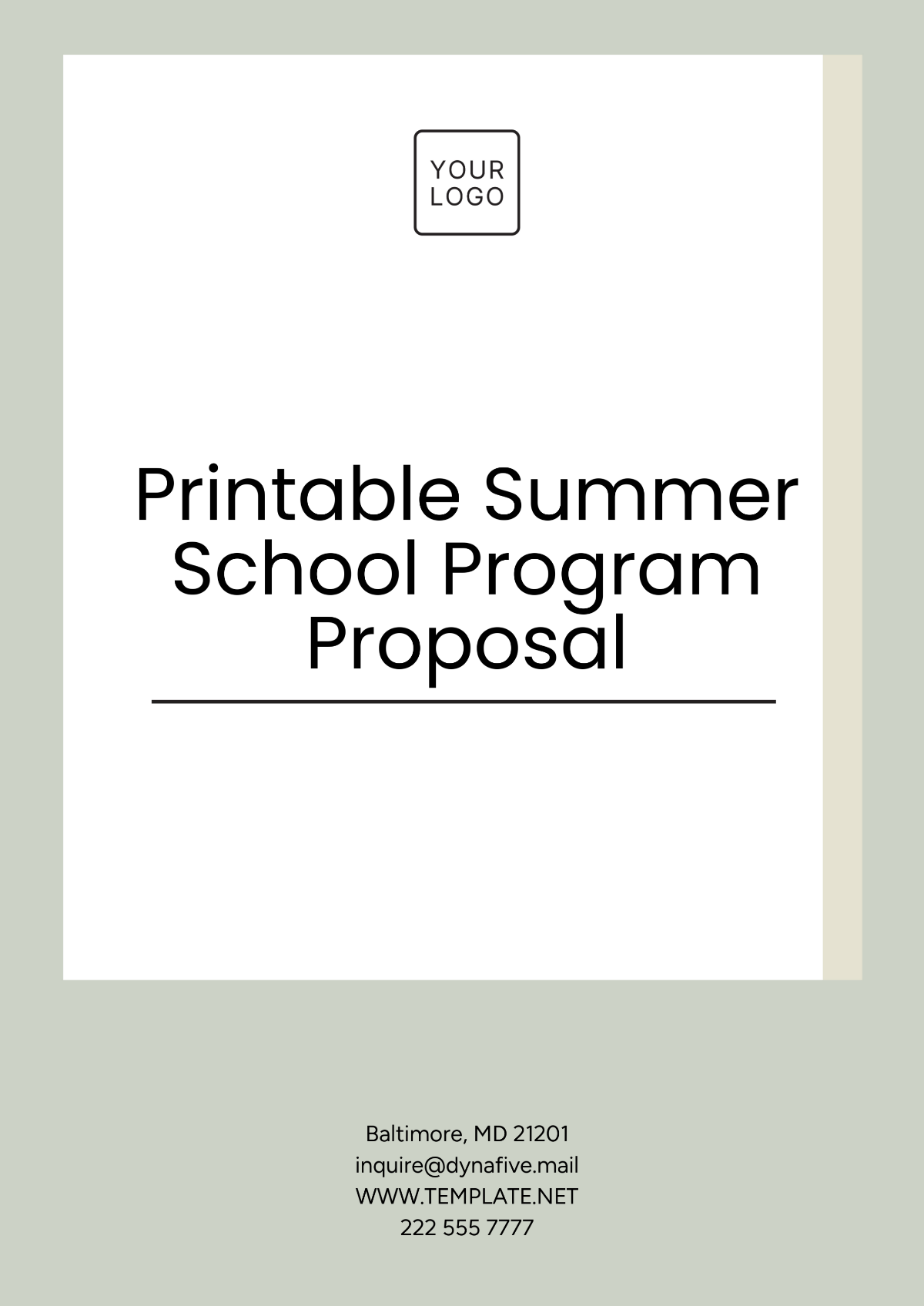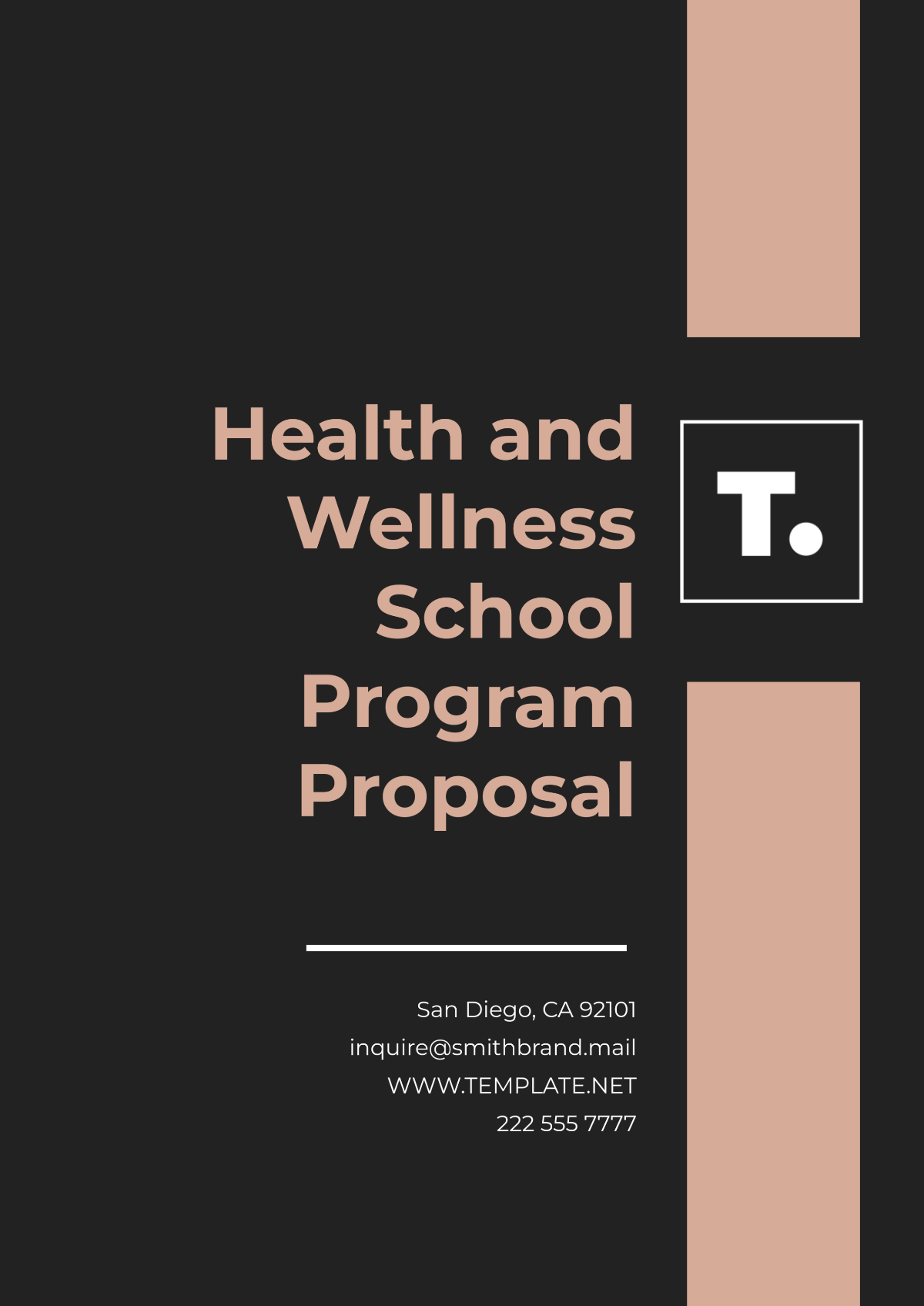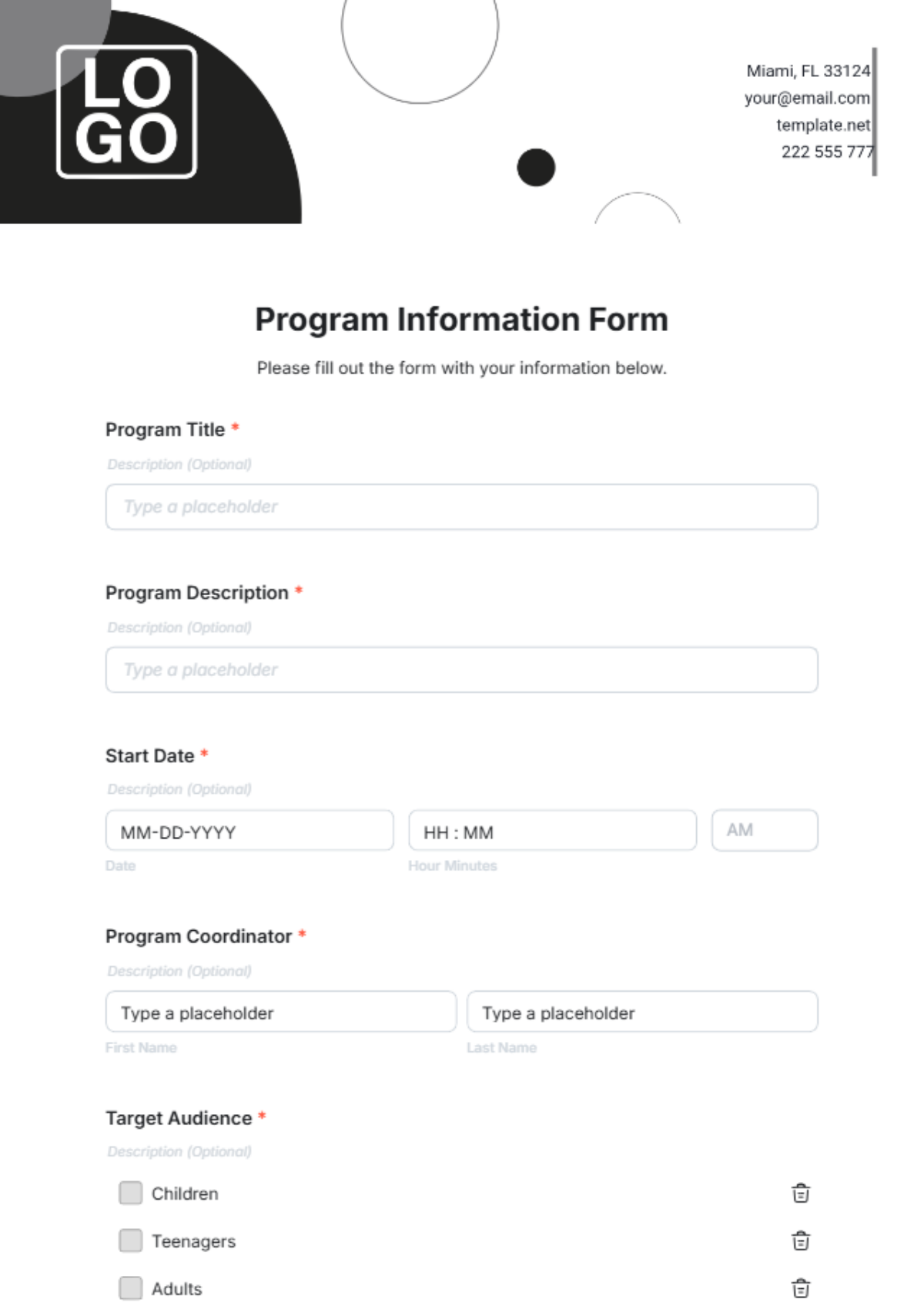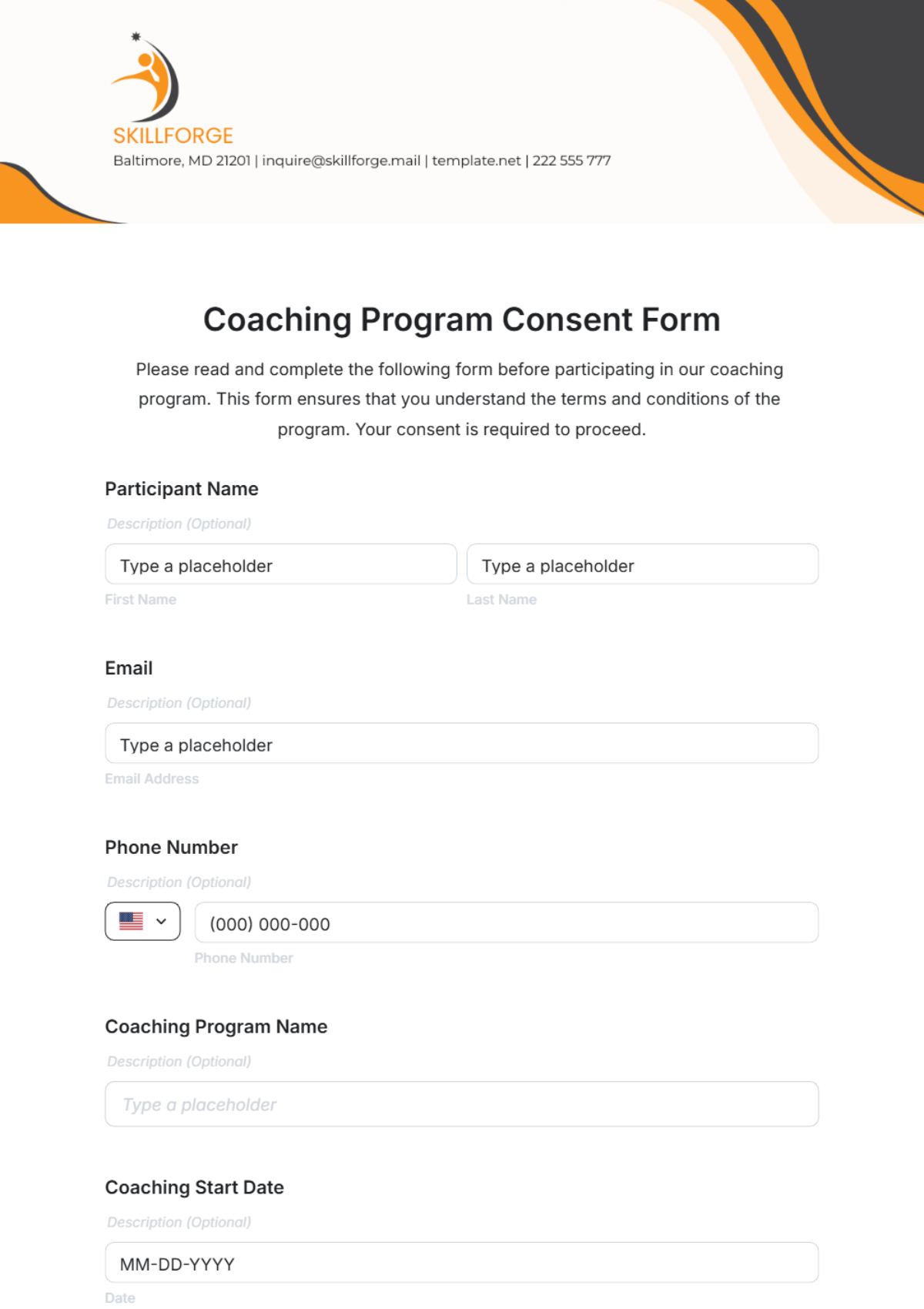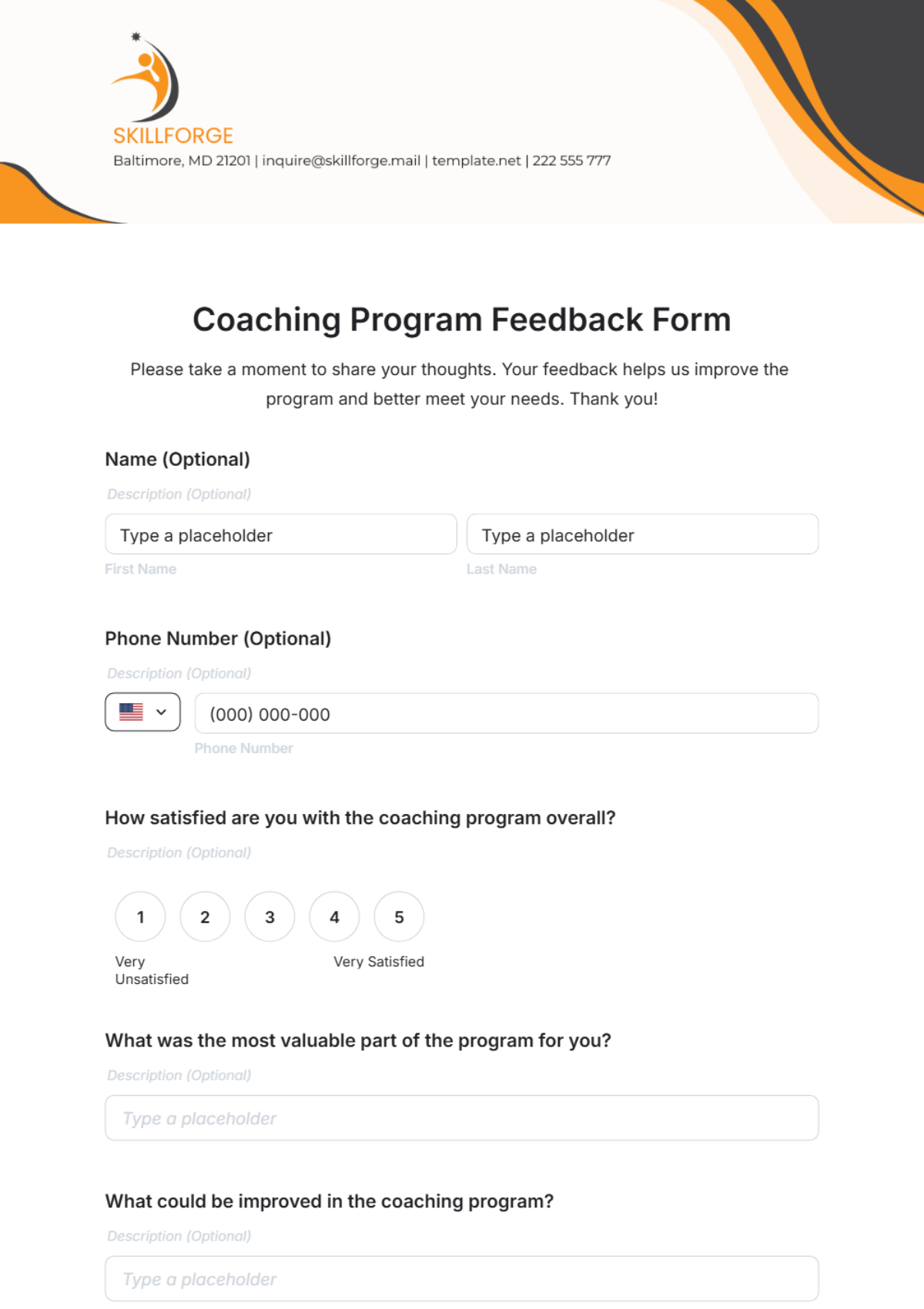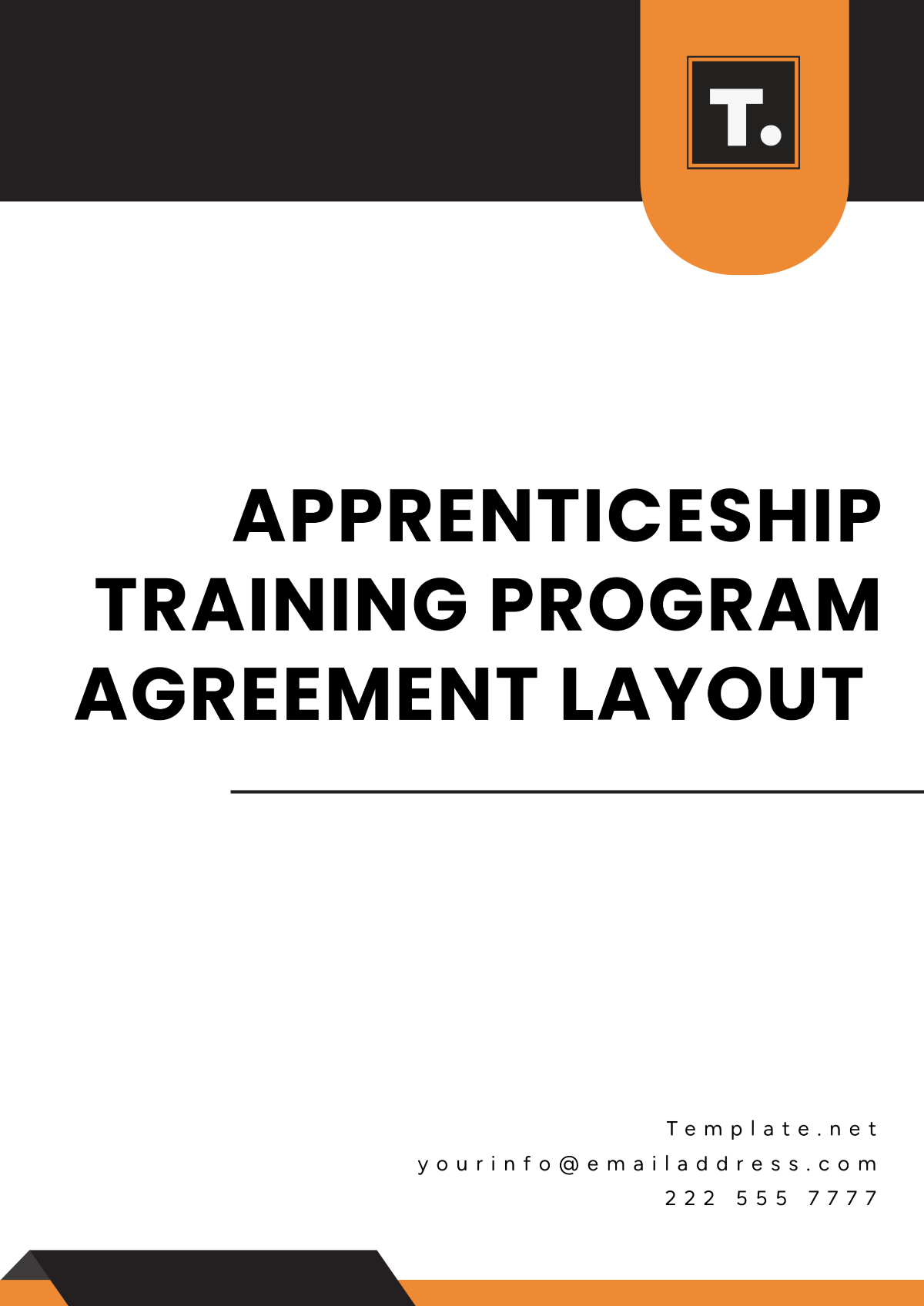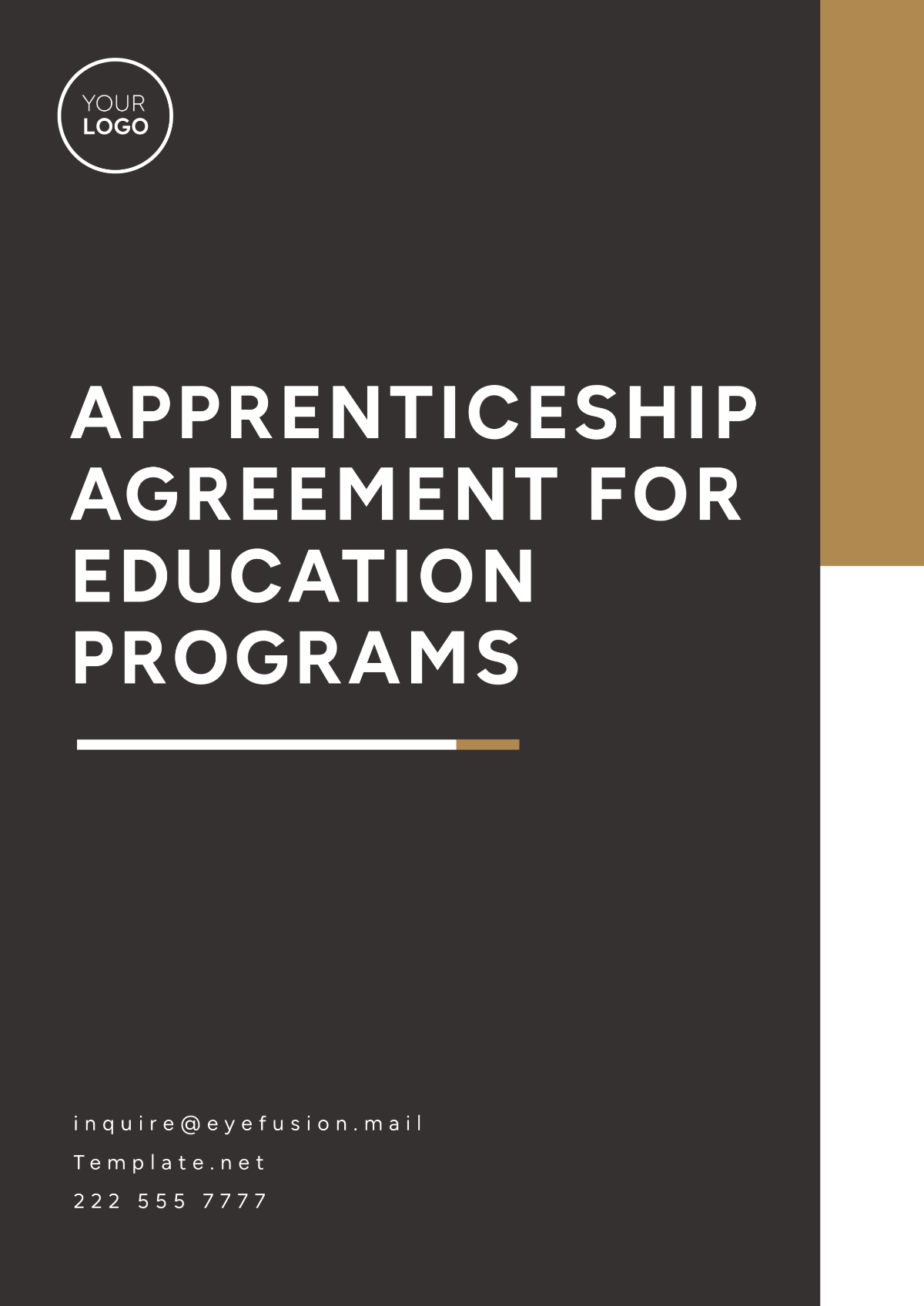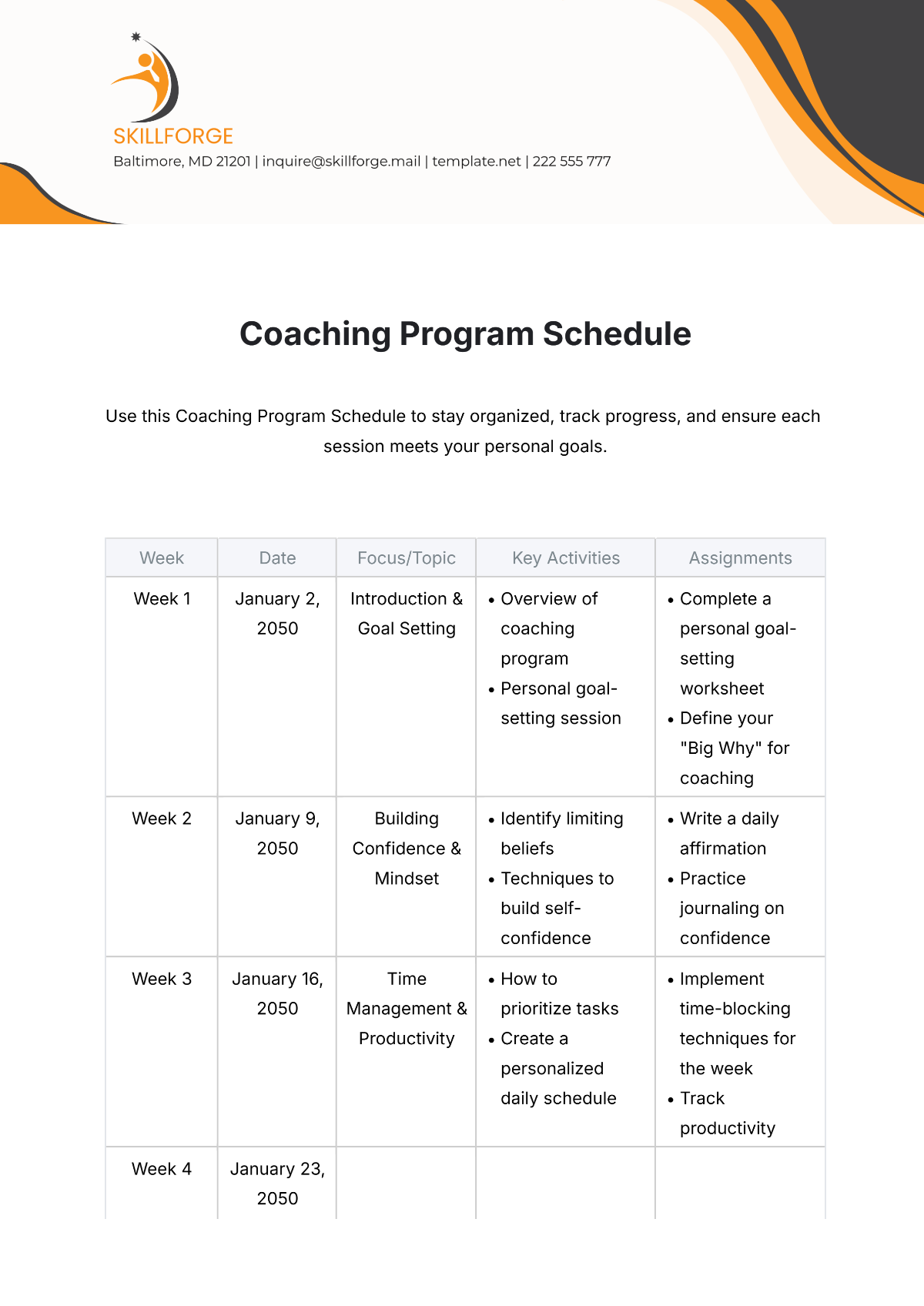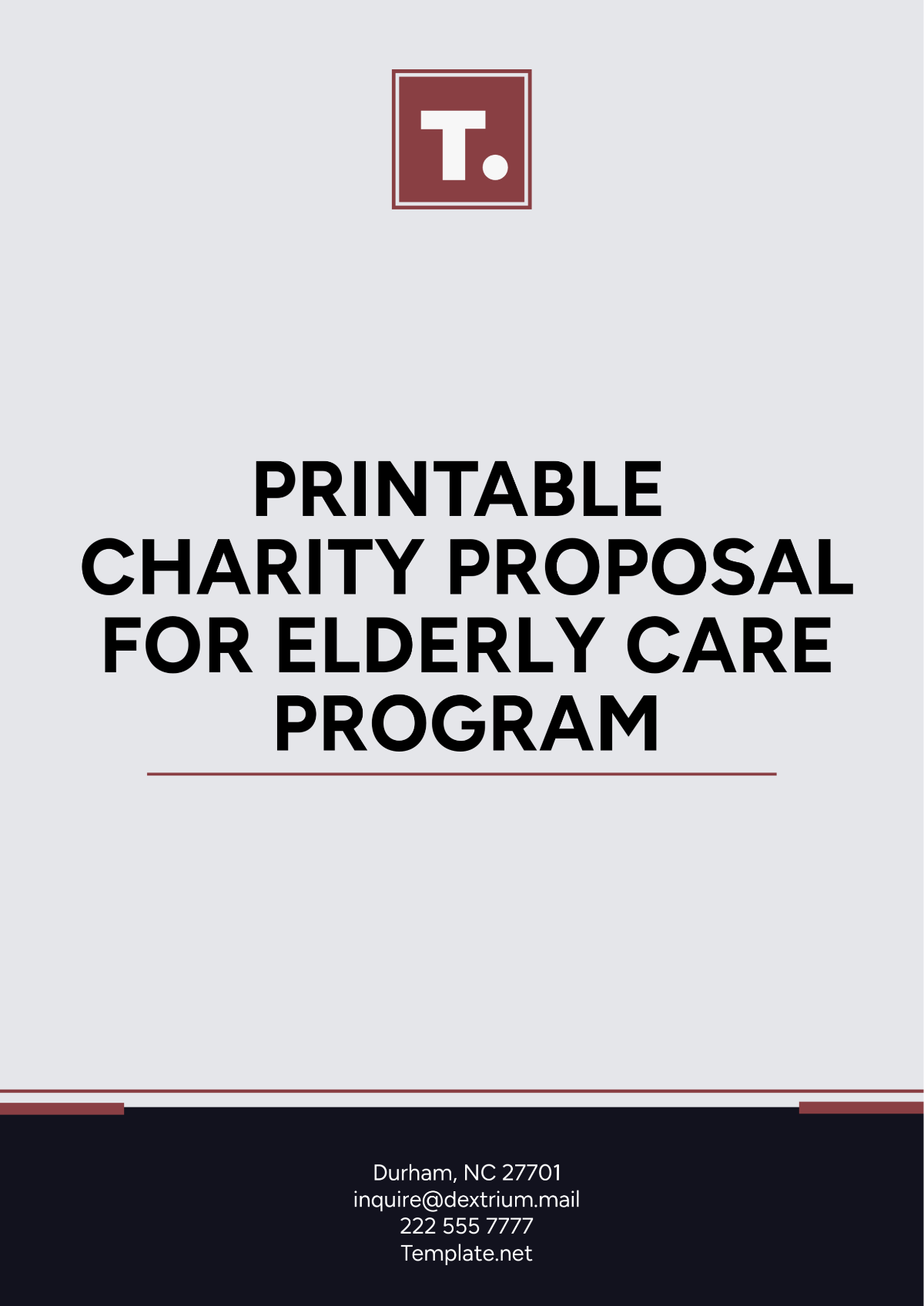Free Hotel Program Proposal Template
Hotel Program Proposal
I. Executive Summary
The objective of this proposal is to introduce a comprehensive hotel program aimed at enhancing guest experience, optimizing operational efficiency, and increasing revenue for [Your Company Name]. This program will incorporate advanced technology, innovative services, and strategic partnerships to set our hotel apart from competitors. Our analysis indicates a growing demand for personalized services and sustainable practices, which will be key components of our program. The program is projected to increase occupancy rates by 15% and revenue per available room (RevPAR) by 20% over the next two years.
By leveraging state-of-the-art technology and data-driven insights, the proposed program will streamline operations, reduce costs, and improve guest satisfaction. Key initiatives include implementing smart room technology, expanding our loyalty program, and enhancing our food and beverage offerings. The total budget for the program is estimated at $1,250,000, covering technology upgrades, staff training, marketing, renovations, and contingency funds. Furthermore, the program will focus on sustainable practices to align with global trends and consumer preferences. This includes energy-efficient systems, waste reduction initiatives, and partnerships with local suppliers to promote eco-friendly operations.
II. Market Analysis
A. Industry Trends
Increasing Demand for Personalized Services
1.1. Guests are increasingly seeking unique, personalized experiences during their stay. Hotels that can offer tailored services, such as customized room settings and bespoke activities, are more likely to attract repeat customers.
1.2. Personalized services not only enhance guest satisfaction but also provide opportunities for upselling and cross-selling, thereby increasing overall revenue.
Growth of Sustainable Tourism
2.1. There is a significant shift towards sustainable tourism, with travelers preferring eco-friendly accommodations and practices. This trend is driven by heightened environmental awareness and the desire to reduce carbon footprints.
2.2. Hotels that implement sustainable practices, such as energy-efficient lighting and waste reduction programs, can attract environmentally conscious guests and differentiate themselves in the market.
Advancements in Technology
3.1. The adoption of advanced technology in the hospitality industry is transforming guest experiences and operational efficiencies. Technologies such as AI-powered chatbots, mobile check-ins, and smart room controls are becoming standard.
3.2. These technologies not only enhance convenience for guests but also enable hotels to gather valuable data to improve services and operations.
B. Competitive Landscape
Key Competitors
1.1. Our primary competitors include luxury hotel chains and boutique hotels that emphasize personalized services and unique experiences. They have established strong brand loyalty and often leverage their reputation to attract high-end clientele.
1.2. Understanding the strengths and weaknesses of our competitors will help us identify opportunities to differentiate our services and capture a larger market share.
Competitive Advantages
2.1. Our hotel's strategic location, comprehensive amenities, and commitment to sustainability are significant competitive advantages. By highlighting these strengths, we can position our hotel as a preferred choice for both leisure and business travelers.
2.2. Additionally, our investment in advanced technology will streamline operations and enhance the guest experience, giving us an edge over competitors who are slower to adopt such innovations.
C. Target Market
Leisure Travelers
1.1. This segment includes families, couples, and solo travelers seeking relaxation and recreational activities. They prioritize comfort, convenience, and unique experiences.
1.2. By offering tailored packages and personalized services, we can attract and retain leisure travelers, thereby increasing our occupancy rates and revenue.
Business Travelers
2.1. Business travelers prioritize efficiency, connectivity, and amenities that facilitate work. They often require quick check-ins, reliable internet access, and well-equipped meeting facilities.
2.2. By enhancing our business services and providing seamless experiences, we can attract this segment and establish long-term relationships with corporate clients.
III. Program Objectives
A. Enhance Guest Experience
Personalized Services
1.1. Implement advanced guest profiling systems to understand preferences and tailor services accordingly. This includes customized room settings, personalized welcome amenities, and bespoke itineraries.
1.2. Develop a mobile app that allows guests to control room settings, request services, and access personalized recommendations based on their preferences and past stays.
Smart Room Technology
2.1. Install smart room technology, including voice-activated controls, automated lighting, and climate control systems. These features will enhance comfort and convenience for guests.
2.2. Smart room technology will also enable us to monitor energy usage and optimize settings for efficiency, contributing to our sustainability goals.
B. Optimize Operational Efficiency
Data-Driven Decision Making
1.1. Utilize data analytics to monitor and improve operational performance. This includes analyzing guest feedback, occupancy rates, and revenue metrics to identify areas for improvement.
1.2. Implement predictive maintenance systems to reduce downtime and extend the lifespan of equipment, thereby lowering maintenance costs and improving service quality.
Employee Training and Development
2.1. Invest in comprehensive training programs for staff to ensure they are equipped with the skills and knowledge to deliver exceptional service. This includes customer service training, technology use, and sustainability practices.
2.2. Develop a rewards and recognition program to motivate employees and foster a culture of excellence and continuous improvement.
C. Increase Revenue
Loyalty Program Expansion
1.1. Enhance our loyalty program to offer more benefits and incentives for repeat guests. This includes exclusive discounts, personalized offers, and early access to promotions.
1.2. Utilize data from the loyalty program to understand guest preferences and tailor marketing efforts to increase engagement and retention.
Food and Beverage Innovations
2.1. Introduce innovative food and beverage offerings that cater to diverse dietary preferences and trends. This includes locally sourced ingredients, health-conscious options, and unique dining experiences.
2.2. Develop partnerships with local chefs and culinary experts to create exclusive menus and events that attract both guests and local residents.
IV. Implementation Plan
A. Timeline
The following table provides an overview of the implementation timeline for the hotel program. Each phase is carefully planned to ensure a smooth transition and successful execution of the program initiatives:
Phase | Duration | Key Activities |
|---|---|---|
Planning and Preparation | Months 1-3 | Market research, feasibility studies, project plan |
Technology Upgrades | Months 4-8 | Install smart room systems, upgrade IT infrastructure |
Staff Training and Launch | Months 9-12 | Train staff, pilot tests, launch program |
Phase 1: Planning and Preparation (Months 1-3)
1.1. Conduct detailed market research and feasibility studies to validate the program objectives and strategies.
1.2. Develop a comprehensive project plan, including timelines, budgets, and resource allocation.
Phase 2: Technology and Infrastructure Upgrades (Months 4-8)
2.1. Install smart room technology and upgrade IT systems to support data analytics and mobile app functionality.
2.2. Renovate key areas of the hotel to enhance guest experience and operational efficiency.
Phase 3: Staff Training and Program Launch (Months 9-12)
3.1. Implement training programs for staff and conduct pilot tests of new services and technologies.
3.2. Launch the enhanced loyalty program and food and beverage innovations, supported by targeted marketing campaigns.
This phased approach ensures that each aspect of the program is thoroughly planned and executed, allowing for adjustments and improvements as needed. Regular progress reviews will be conducted to identify any issues and ensure that the implementation stays on track.
B. Budget
The following chart and table outline the projected budget for the implementation of the hotel program. The budget includes costs for technology upgrades, staff training, marketing, and other essential expenses:
Category | Estimated Cost |
|---|---|
Technology Upgrades | $500,000 |
Staff Training | $200,000 |
Marketing and Promotion | $150,000 |
Renovations | $300,000 |
Contingency | $100,000 |
Total | $1,250,000 |
Technology Upgrades ($500,000)
1.1. The allocation for technology upgrades covers the installation of smart room systems, IT infrastructure improvements, and the development of the mobile app. These enhancements are crucial for providing a modern, seamless guest experience and optimizing operational efficiency.
1.2. Investing in technology will enable us to gather and analyze data, leading to better decision-making and personalized services that can drive guest satisfaction and loyalty.
Staff Training ($200,000)
2.1. Training costs include comprehensive programs to equip staff with the necessary skills to utilize new technologies and deliver high-quality service. This investment is vital for ensuring that our team can effectively implement and support the new program initiatives.
2.2. Well-trained staff will enhance the overall guest experience, reduce operational errors, and contribute to a positive work environment, leading to increased employee satisfaction and retention.
Marketing and Promotion ($150,000)
3.1. The marketing budget will fund campaigns to promote the new program, attract guests, and build brand awareness. This includes digital marketing, social media advertising, and partnerships with travel influencers and industry leaders.
3.2. Effective marketing will ensure that potential guests are aware of our unique offerings, helping to drive bookings and increase occupancy rates.
Renovations ($300,000)
4.1. Renovation costs cover upgrades to guest rooms, common areas, and dining facilities to enhance the overall aesthetic and functionality of the hotel. These improvements will create a more inviting and comfortable environment for guests.
4.2. Modern, well-maintained facilities are essential for maintaining high guest satisfaction and attracting repeat visitors, thereby increasing long-term revenue.
Contingency ($100,000)
5.1. The contingency fund is set aside to cover unexpected expenses or adjustments needed during the implementation process. This ensures that we can address any issues promptly without compromising the quality or timeline of the program.
5.2. Having a contingency fund provides financial stability and flexibility, allowing us to navigate potential challenges and maintain the integrity of the program.
By strategically allocating the budget across key areas, we can ensure a balanced and effective implementation of the hotel program, driving both short-term success and long-term sustainability.
V. Monitoring and Evaluation
A. Key Performance Indicators (KPIs)
Occupancy Rates
1.1. Monitor changes in occupancy rates to assess the program's impact on attracting and retaining guests. Increased occupancy rates indicate successful marketing and guest satisfaction.
1.2. Regularly review occupancy data to identify trends and make data-driven adjustments to marketing and operational strategies.
Revenue per Available Room (RevPAR)
2.1. Track RevPAR to evaluate the program's effectiveness in increasing revenue. This metric combines occupancy and average daily rate (ADR), providing a comprehensive view of financial performance.
2.2. Analyze RevPAR trends to identify opportunities for pricing adjustments, promotional offers, and service enhancements.
Guest Satisfaction Scores
3.1. Collect and analyze guest feedback through surveys, reviews, and direct interactions. High satisfaction scores reflect the success of personalized services and overall guest experience.
3.2. Use feedback to continuously improve services and address any areas of concern, ensuring that guest expectations are consistently met or exceeded.
B. Continuous Improvement
Regular Performance Reviews
1.1. Conduct regular reviews of program performance to identify successes and areas for improvement. This will involve analyzing KPI data, guest feedback, and operational metrics.
1.2. Regular reviews will ensure that the program remains aligned with market trends and guest expectations, allowing us to maintain a competitive edge.
Stakeholder Feedback
2.1. Engage with stakeholders, including guests, staff, and partners, to gather feedback on the program's performance and identify opportunities for enhancement.
2.2. Incorporating stakeholder feedback will help us continuously refine and improve the program, ensuring long-term success and sustainability.
VI. Marketing and Promotion
A. Marketing Strategy
Digital Marketing
1.1. Utilize digital marketing channels, including social media, email campaigns, and search engine optimization (SEO), to reach a broad audience and promote the new program.
1.2. Create engaging content that highlights the unique features and benefits of the program, attracting potential guests and encouraging bookings.
Partnerships and Collaborations
2.1. Develop partnerships with travel agencies, online travel platforms, and local businesses to expand our reach and offer exclusive promotions.
2.2. Collaborate with influencers and travel bloggers to generate buzz and attract attention to our hotel and the new program.
B. Promotional Activities
Launch Event
1.1. Host a launch event to introduce the new program to key stakeholders, including media, influencers, and loyal guests. This event will generate excitement and media coverage, boosting awareness and interest.
1.2. The event will feature demonstrations of new technologies and services, showcasing the enhanced guest experience and innovative offerings.
Special Offers and Packages
2.1. Introduce special offers and packages to attract guests and encourage bookings. These could include discounts for early bookings, loyalty program bonuses, and exclusive experiences.
2.2. Promote these offers through various marketing channels to ensure maximum visibility and reach.
VII. Sustainability Initiatives
A. Energy Efficiency
Smart Lighting and Climate Control
1.1. Implement energy-efficient lighting systems and automated climate control to reduce energy consumption and enhance guest comfort.
1.2. These systems will also allow us to monitor and optimize energy usage, contributing to our sustainability goals.
Renewable Energy Sources
2.1. Explore the use of renewable energy sources, such as solar panels, to power hotel operations. This will reduce our reliance on non-renewable energy and decrease our carbon footprint.
2.2. Partner with local energy providers to develop sustainable energy solutions that align with our environmental objectives.
B. Waste Reduction
Recycling Programs
1.1. Establish comprehensive recycling programs to manage waste effectively and promote eco-friendly practices among guests and staff.
1.2. Provide clear guidelines and facilities for recycling different types of waste, including paper, plastic, and organic materials.
Sustainable Sourcing
2.1. Source materials and products from local, sustainable suppliers to reduce the environmental impact of our operations and support the local economy.
2.2. Prioritize suppliers who adhere to environmentally friendly practices and provide high-quality, sustainable products.
VIII. Conclusion
The proposed hotel program by [Your Company Name] aims to revolutionize our guest experience, streamline operations, and enhance sustainability. By focusing on personalized services, advanced technology, and eco-friendly practices, we will set our hotel apart from competitors and attract a diverse range of guests. The implementation plan, supported by a detailed budget and risk management strategies, ensures a successful rollout and continuous improvement.
Through this program, we are committed to delivering exceptional hospitality while promoting responsible tourism and driving long-term growth. Our strategic approach will not only enhance guest satisfaction but also position our hotel as a leader in the industry, ensuring sustainable success for years to come.
